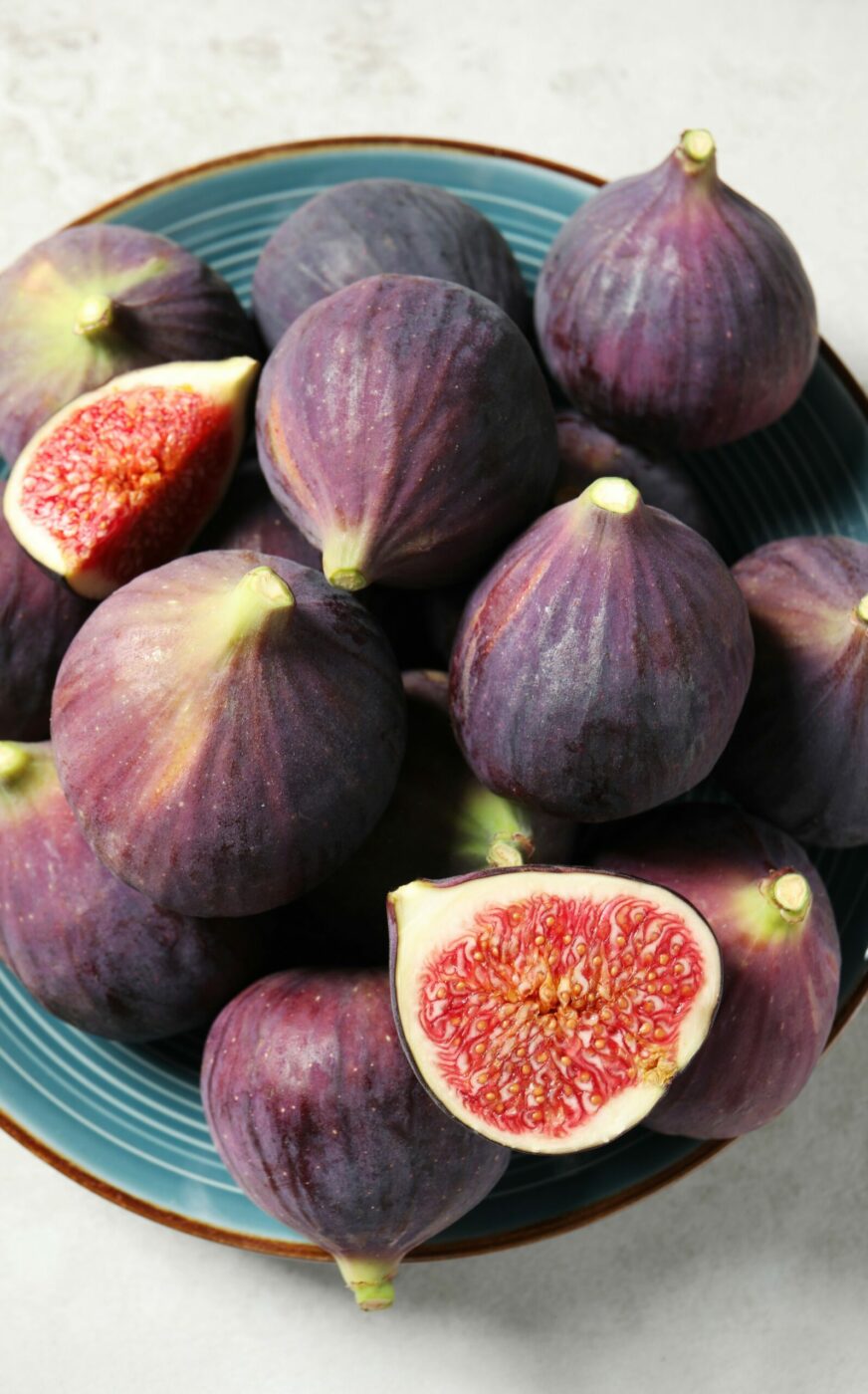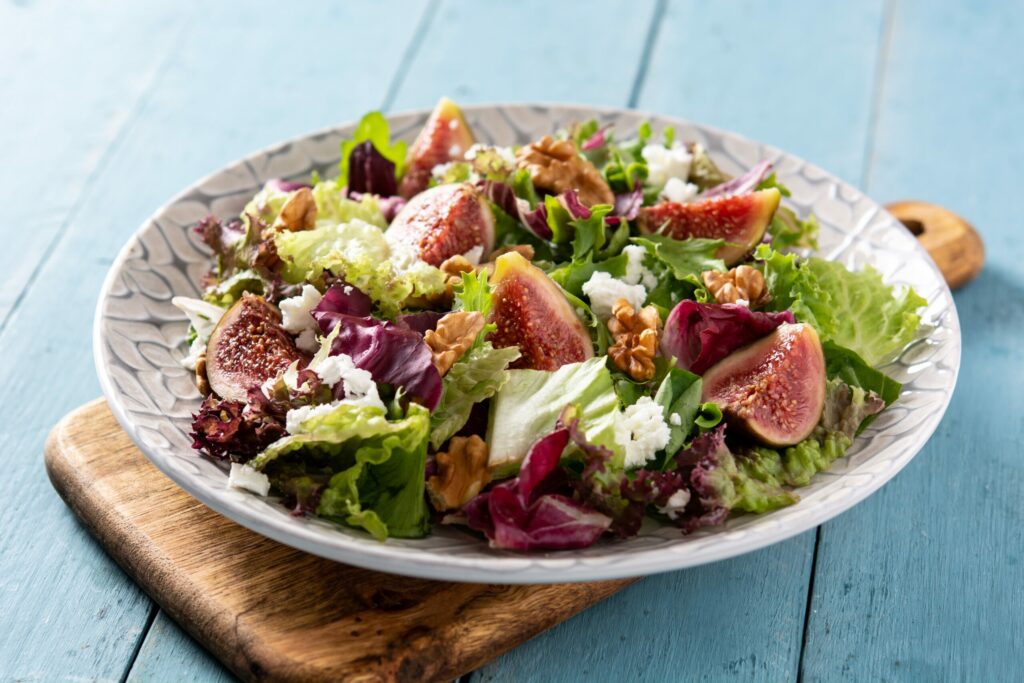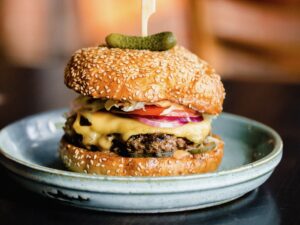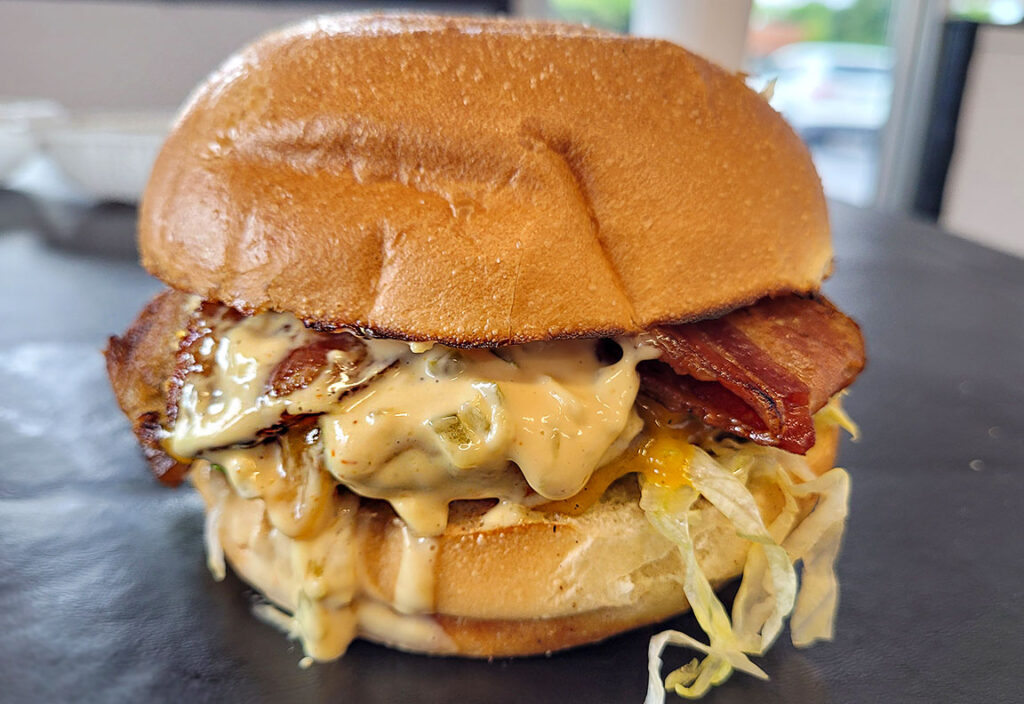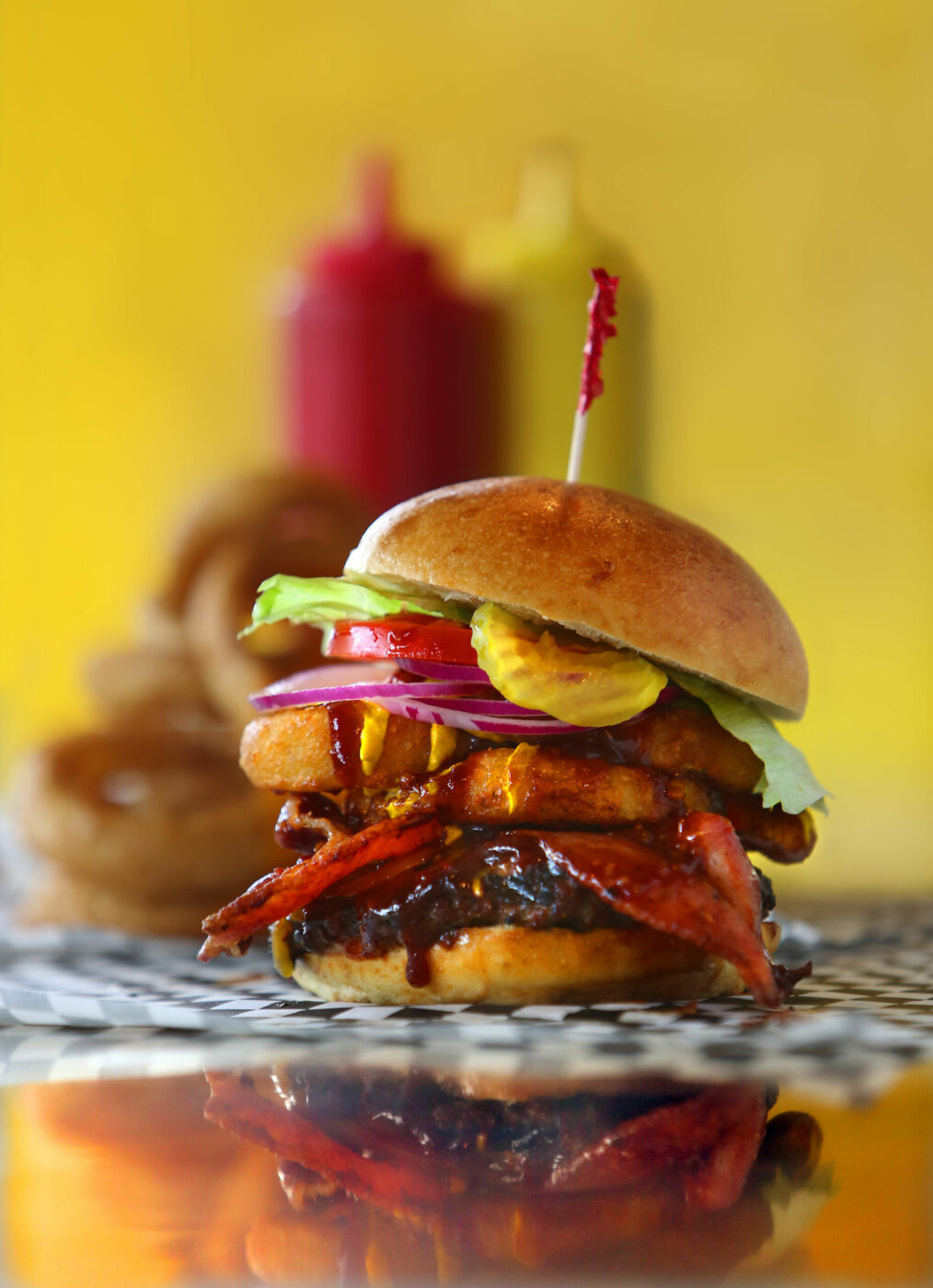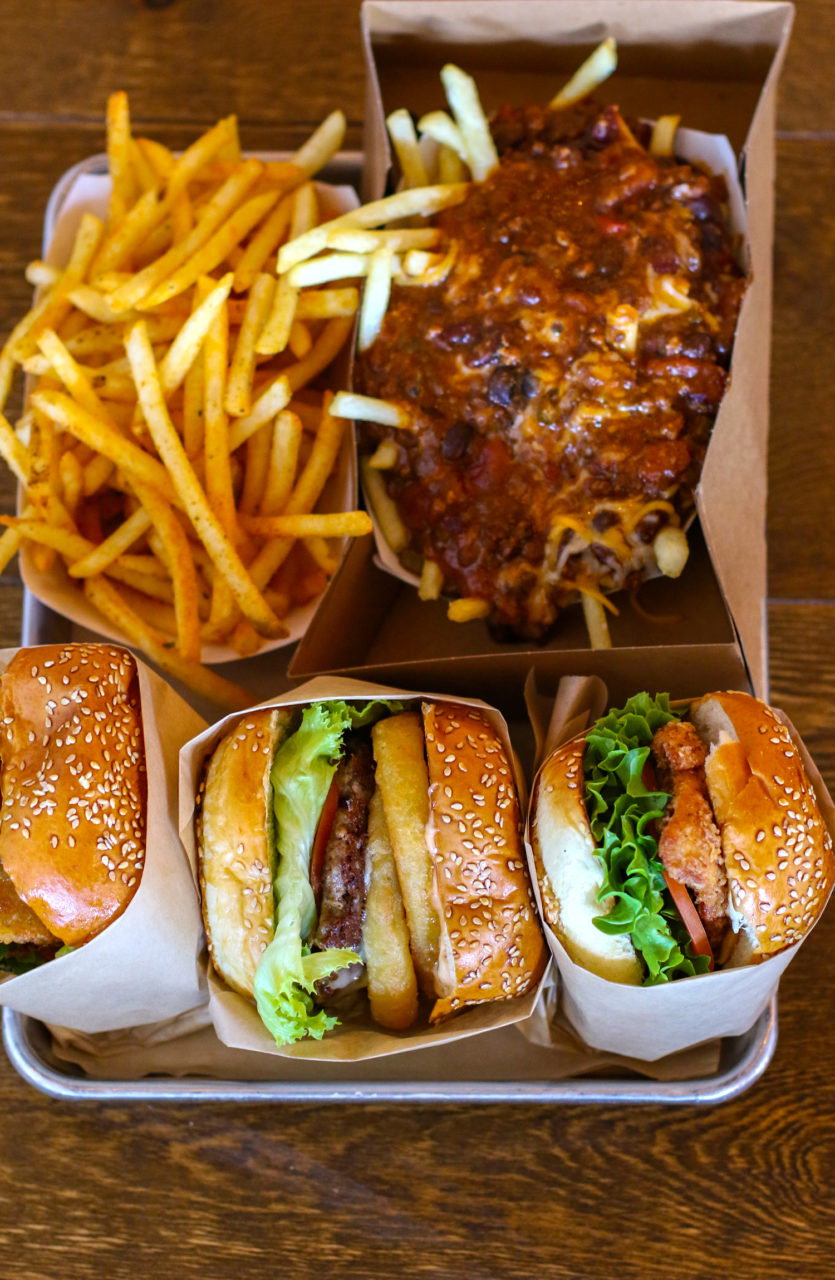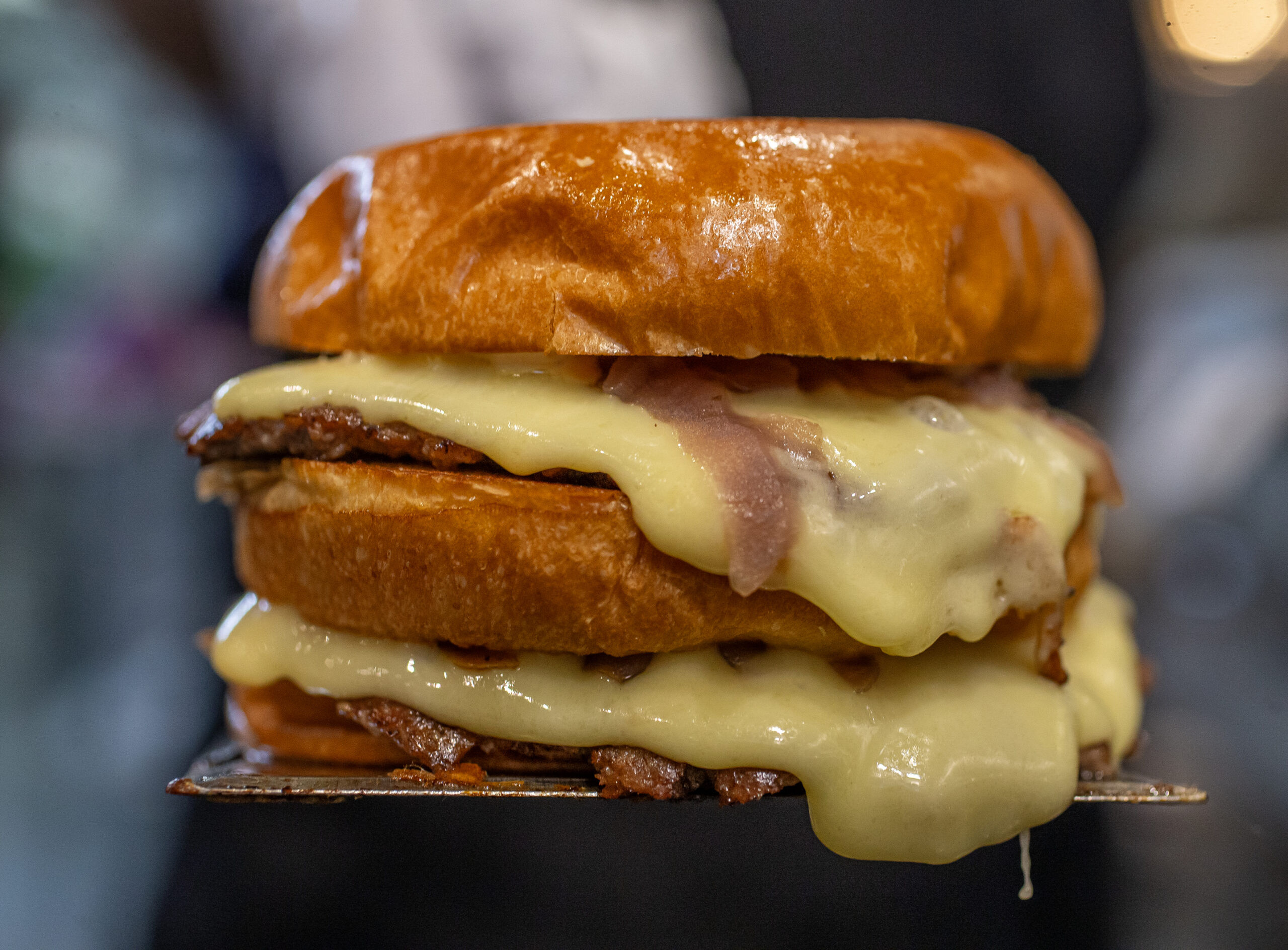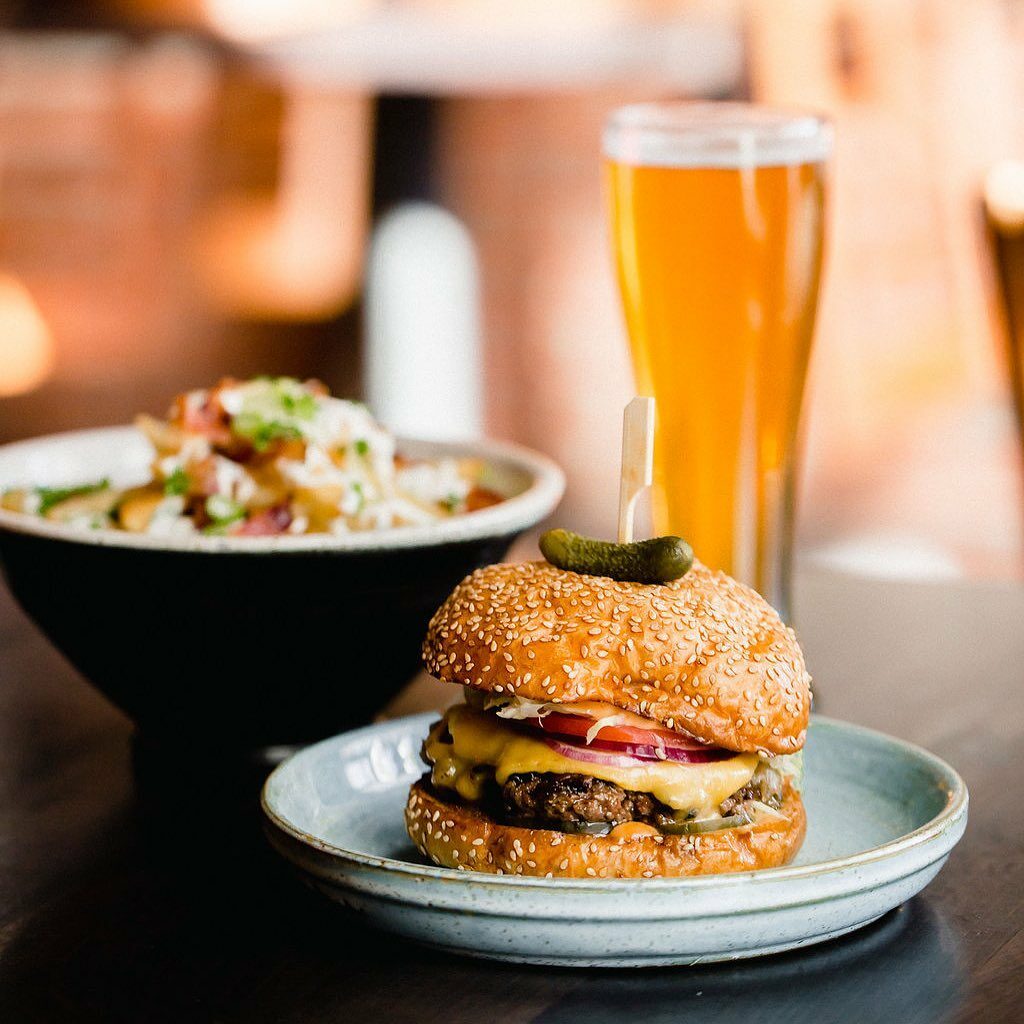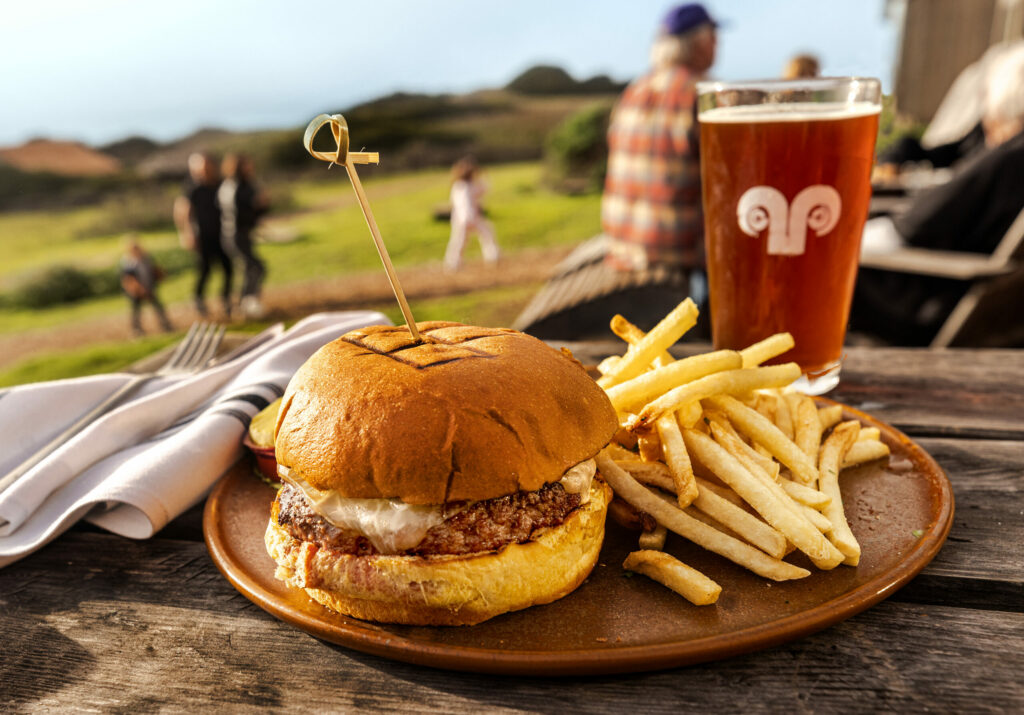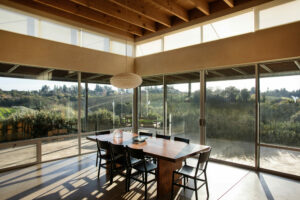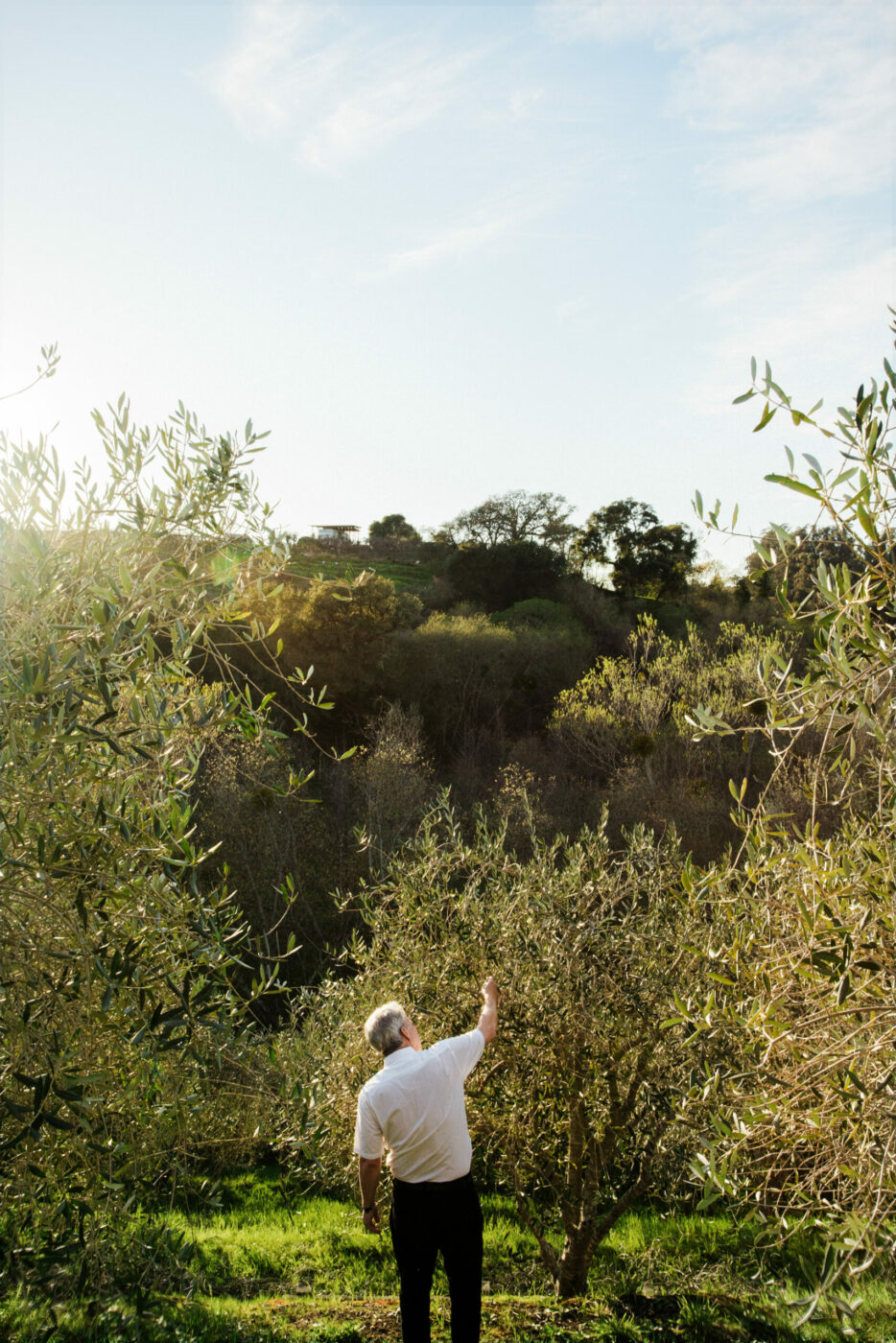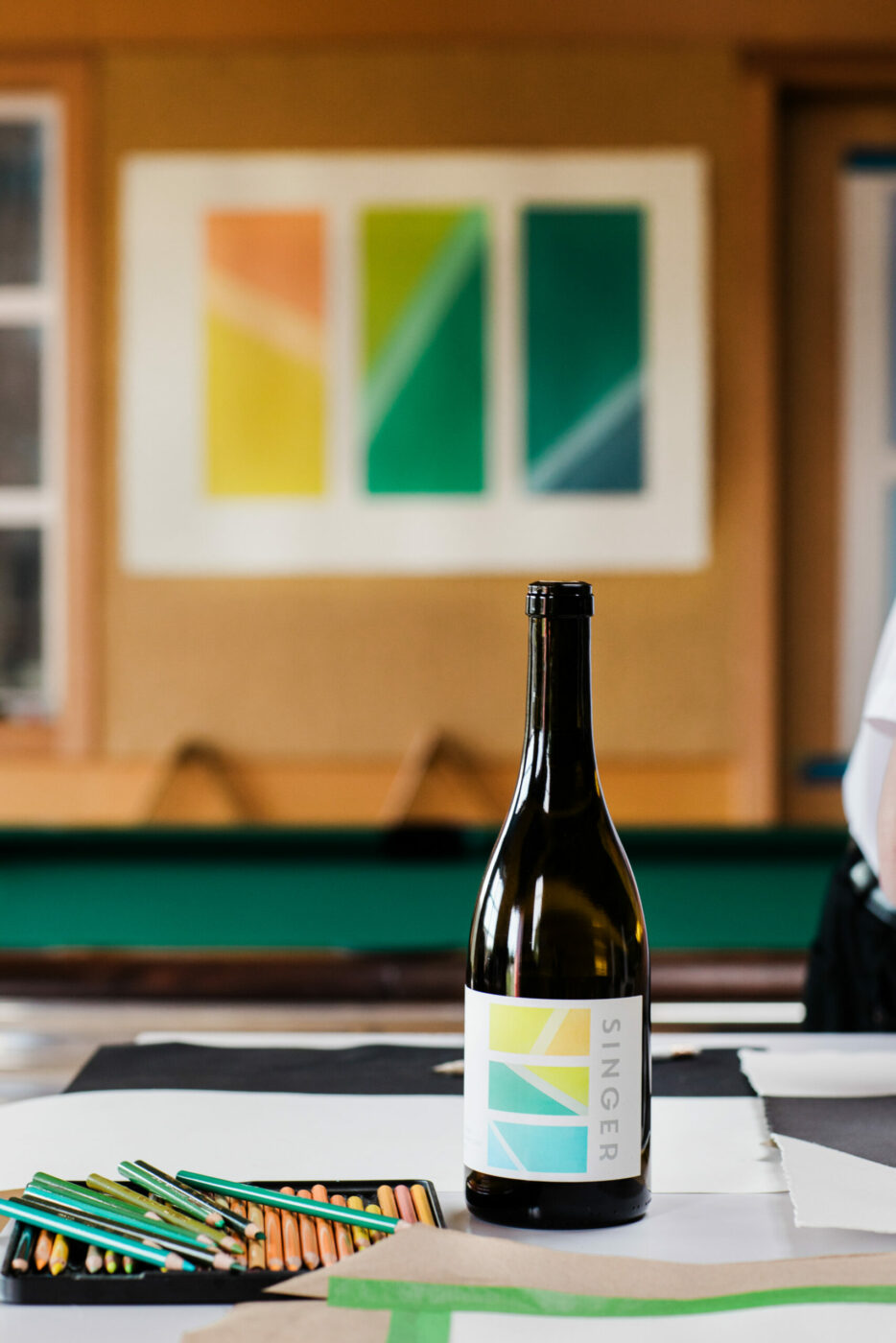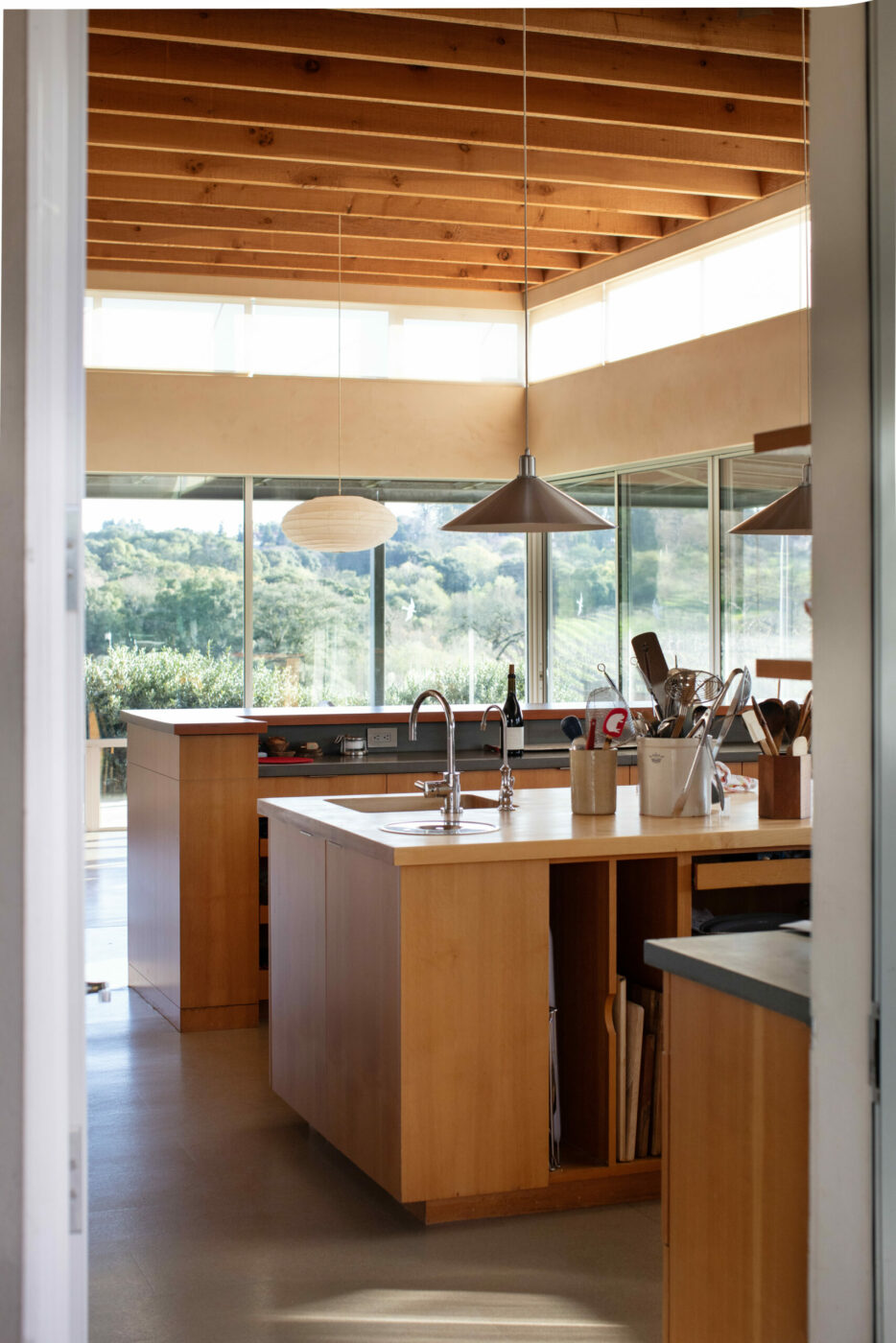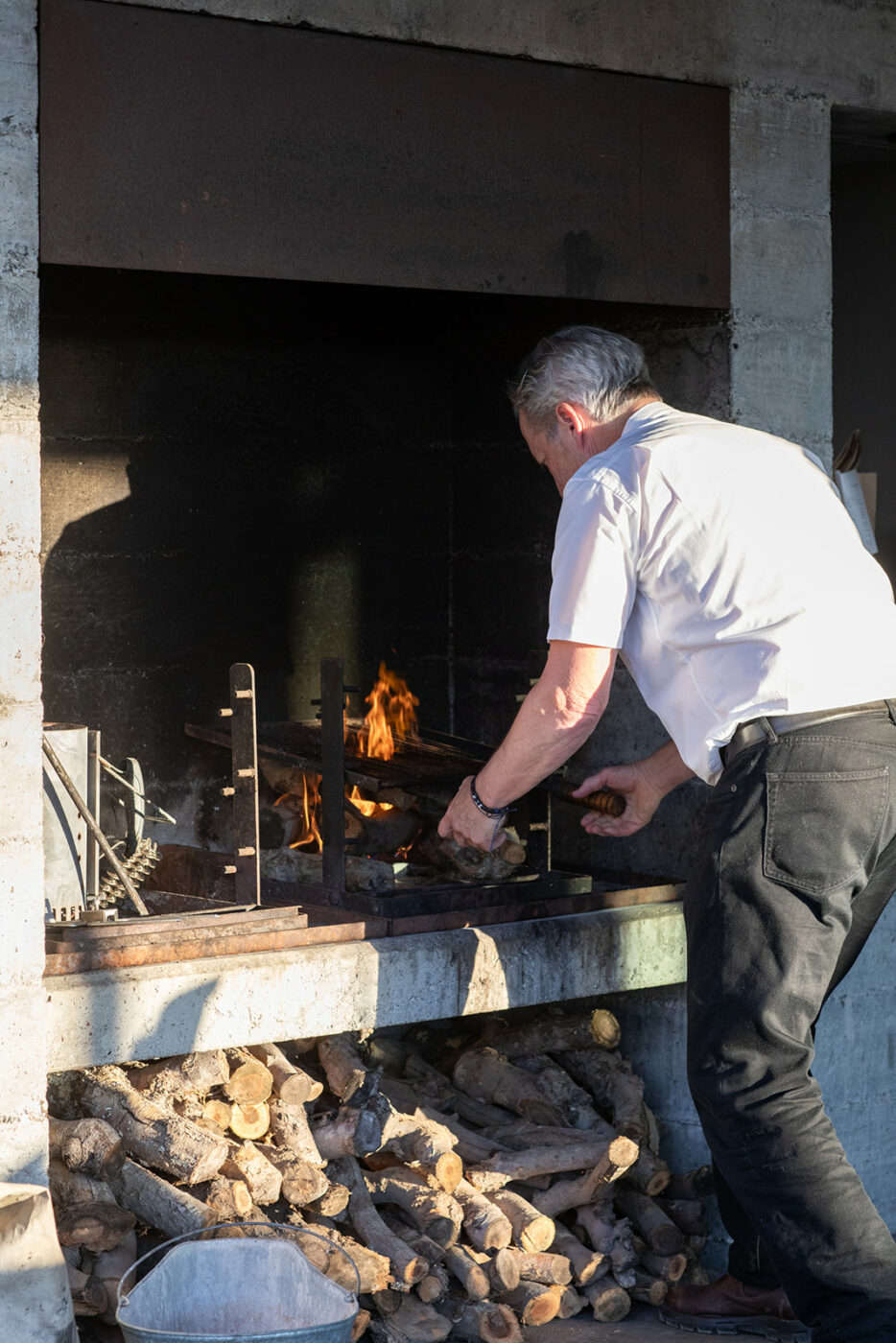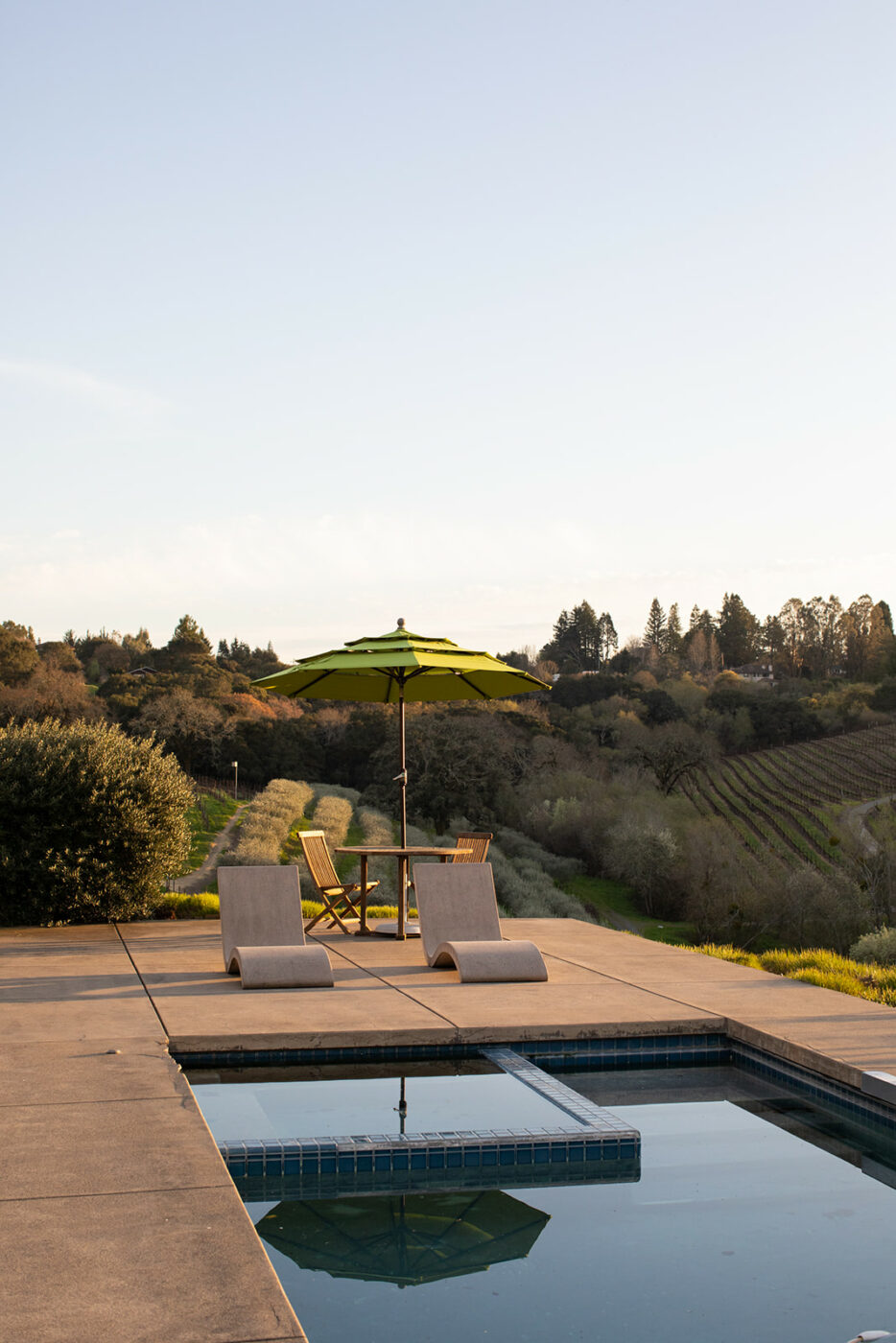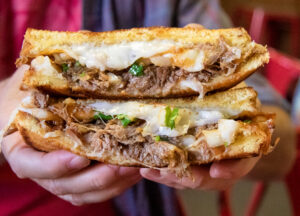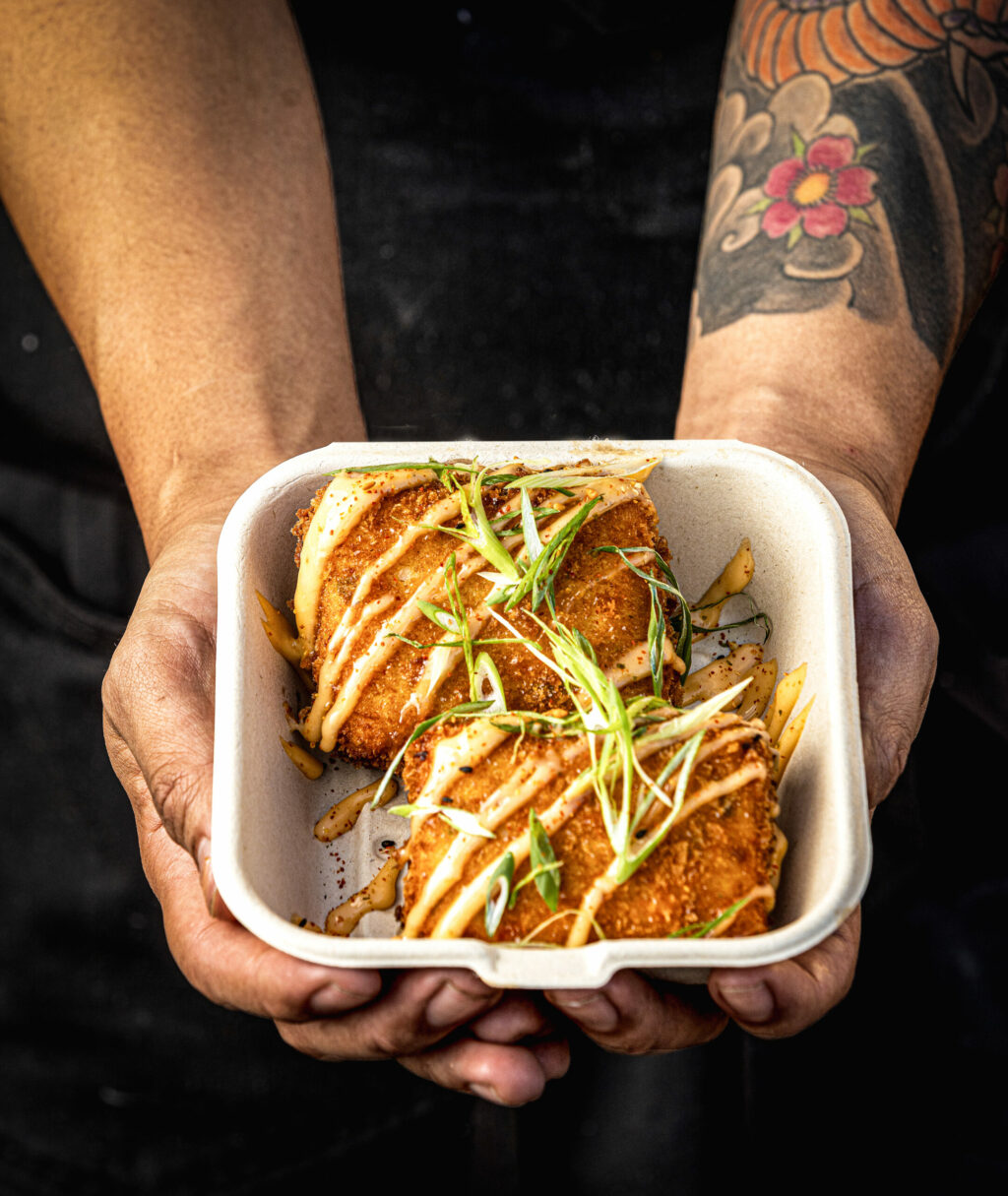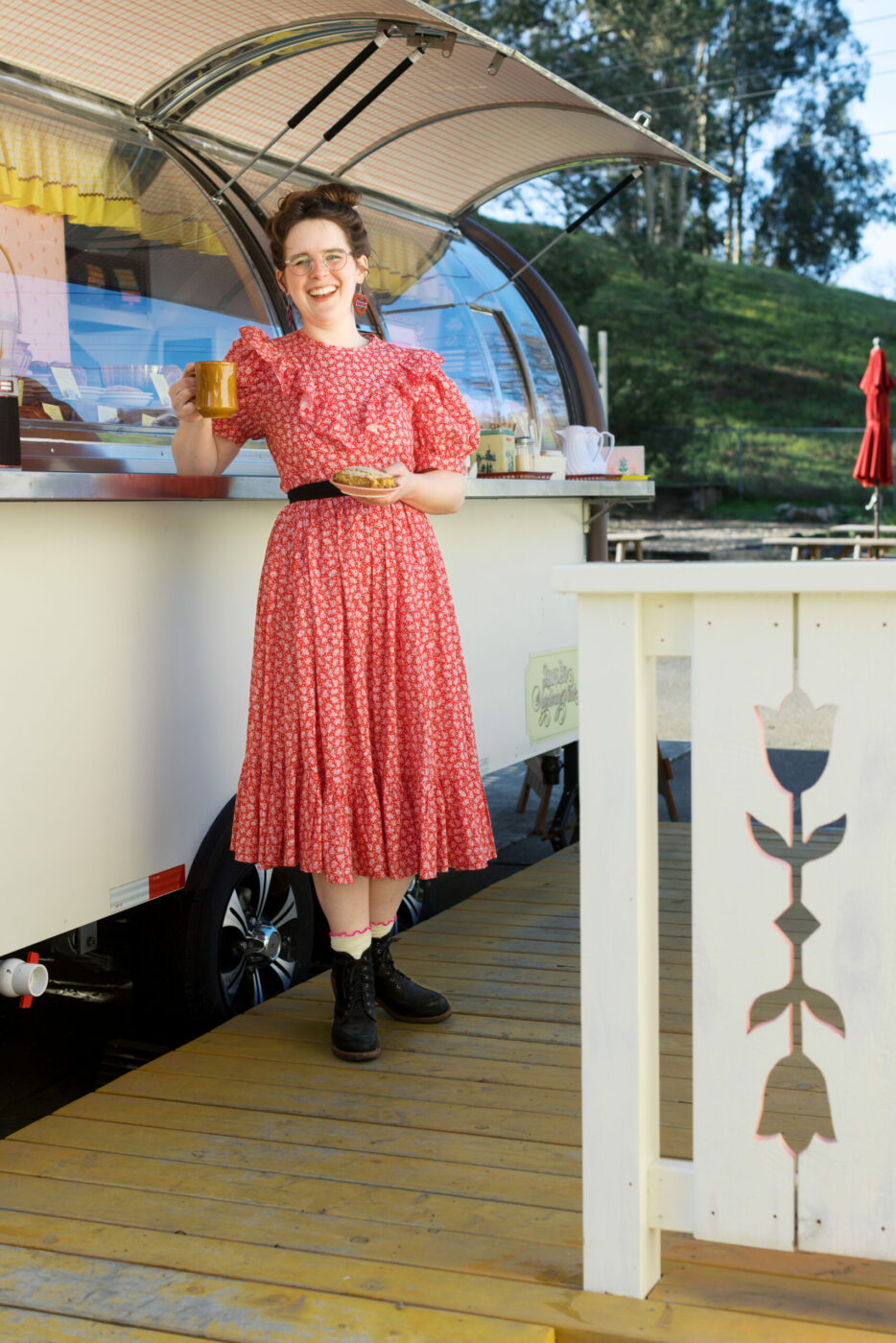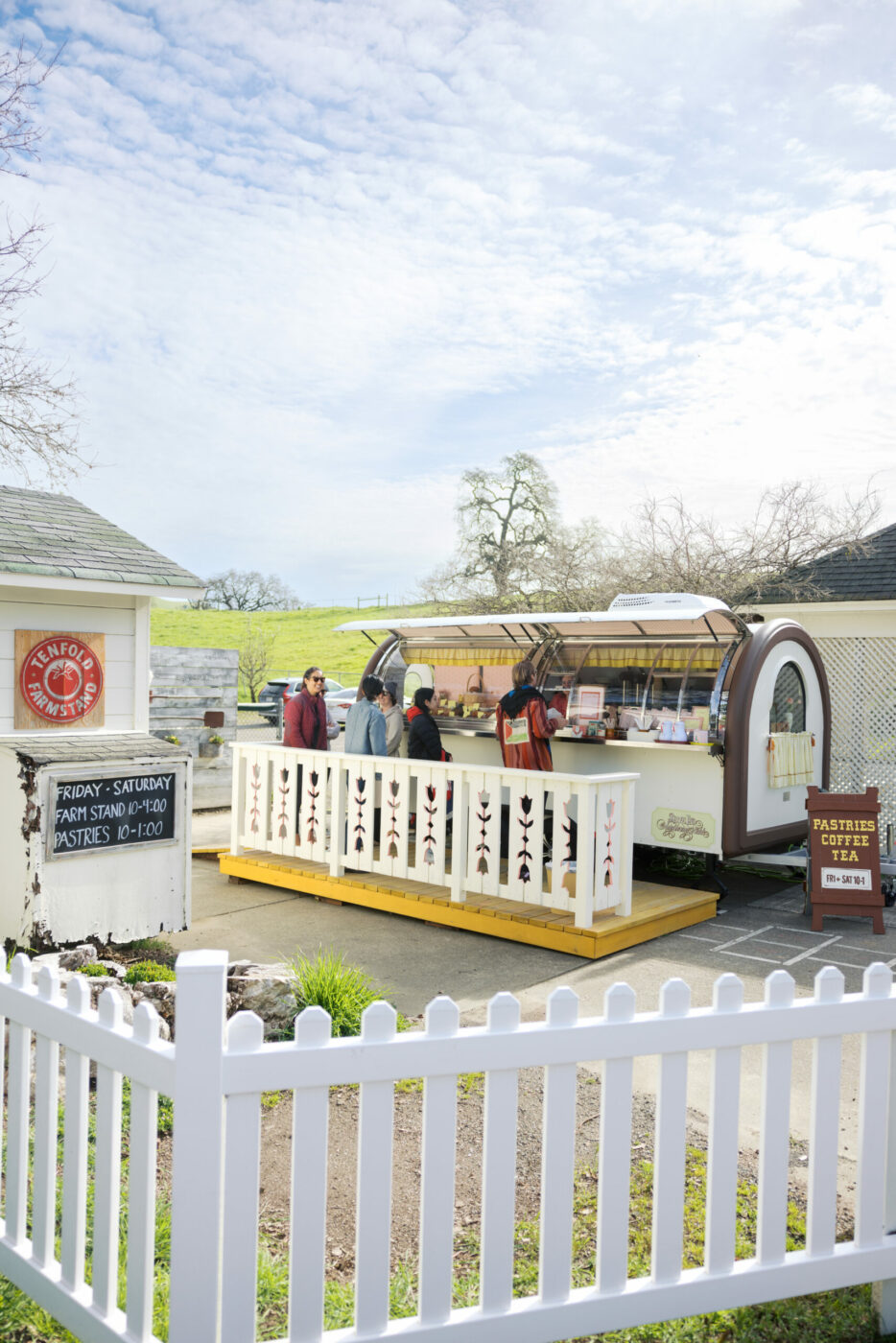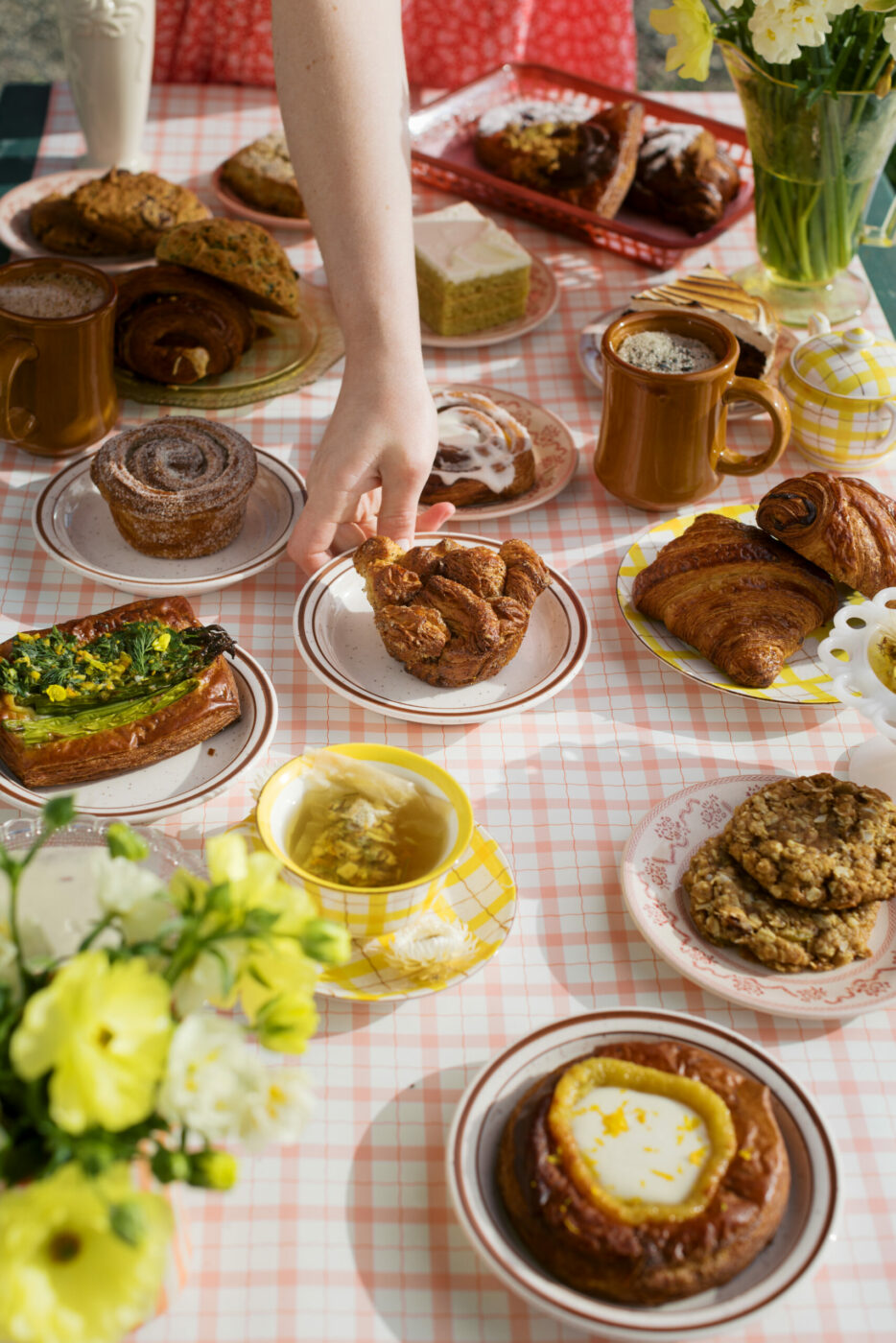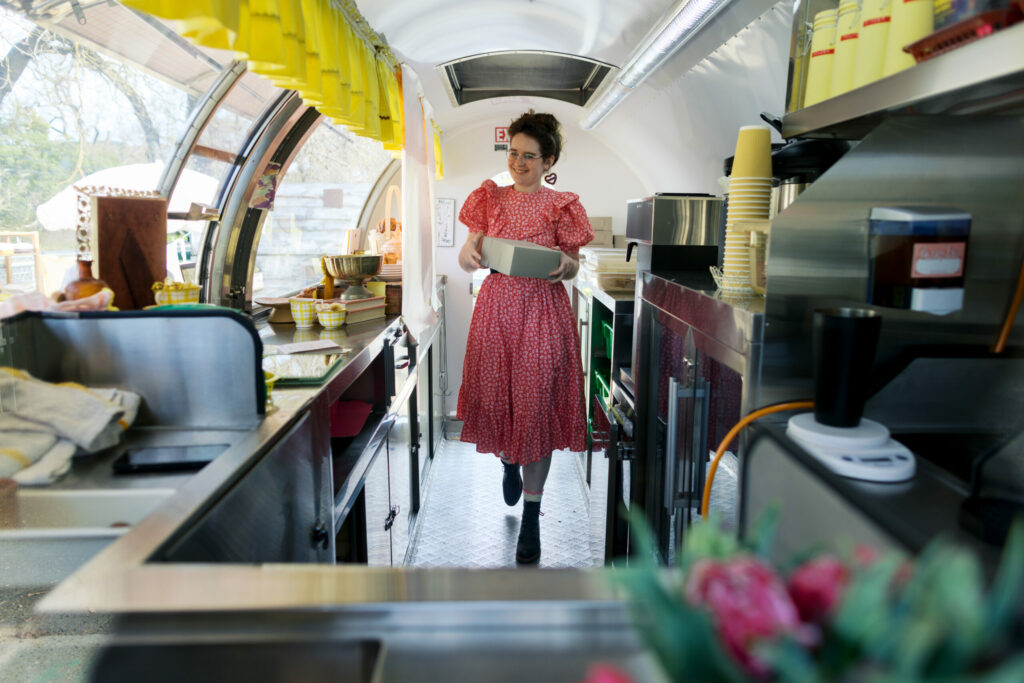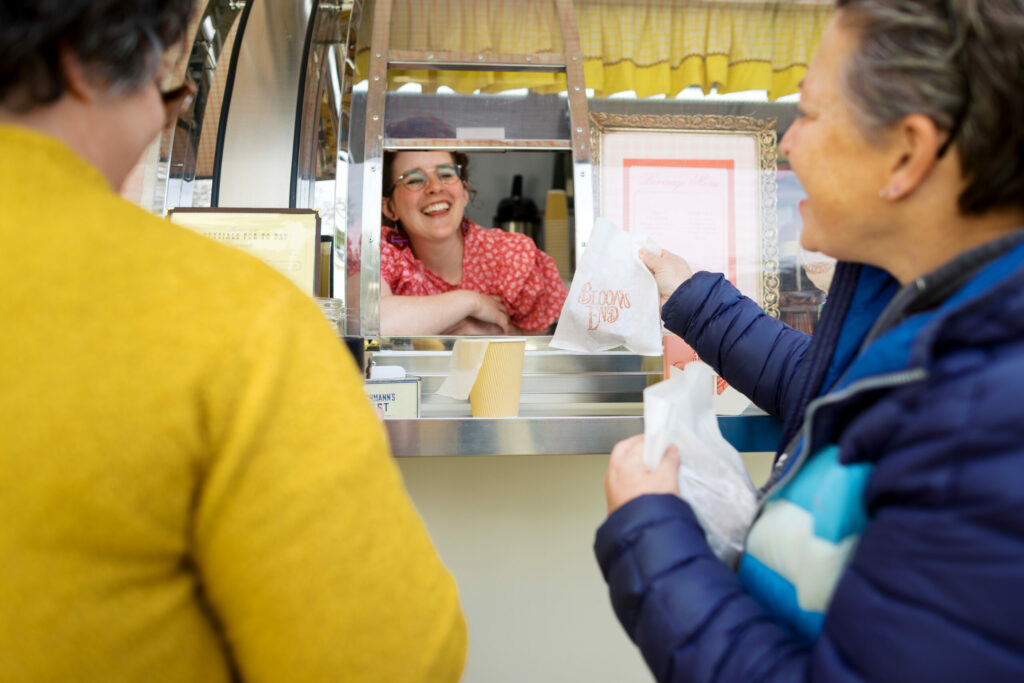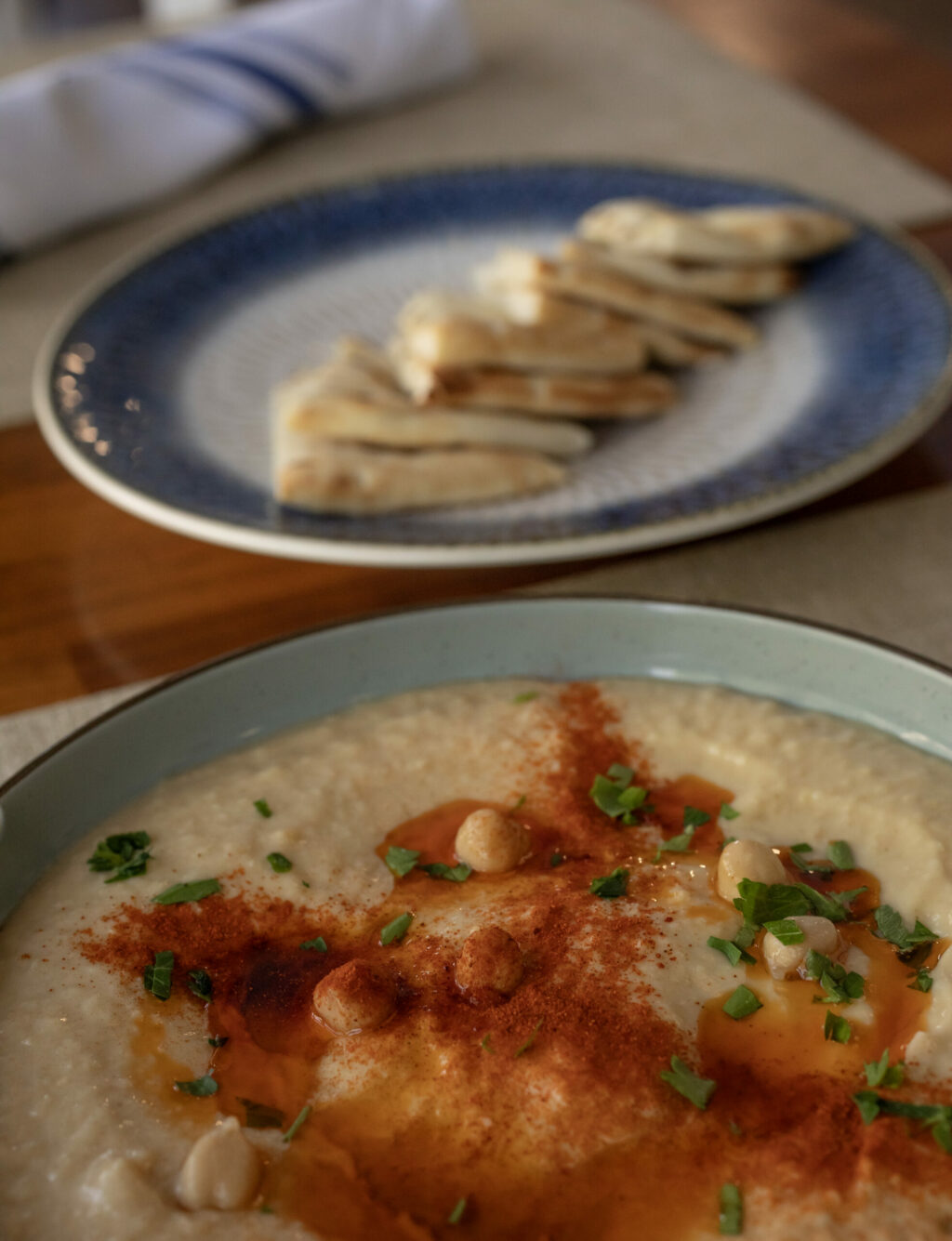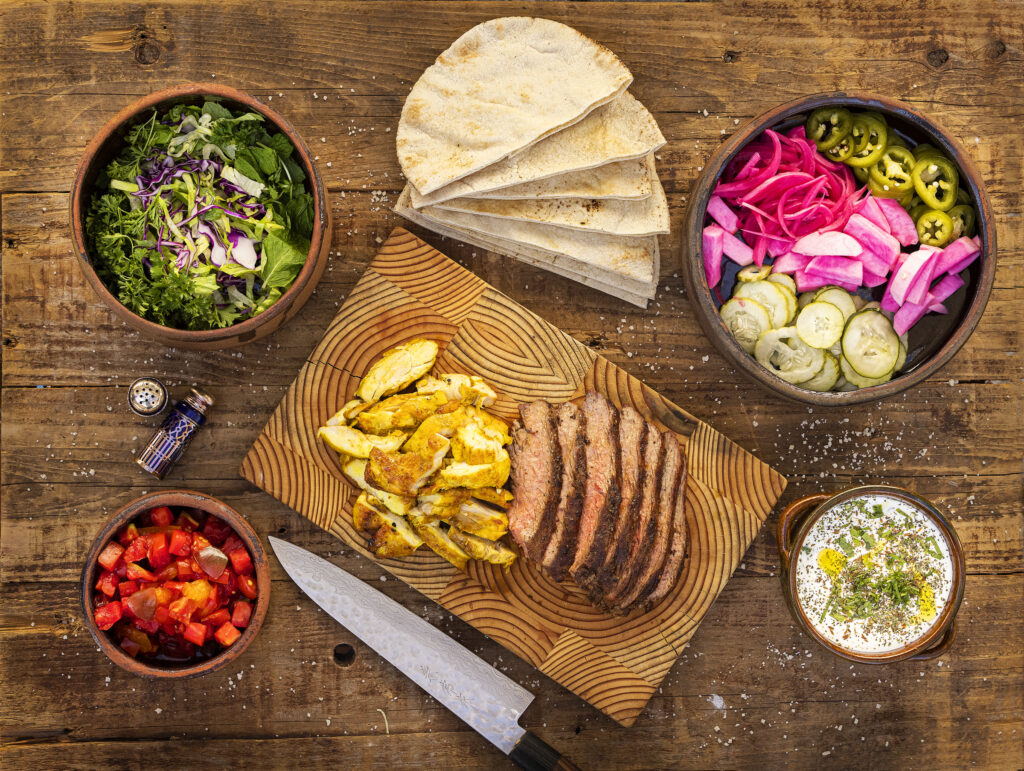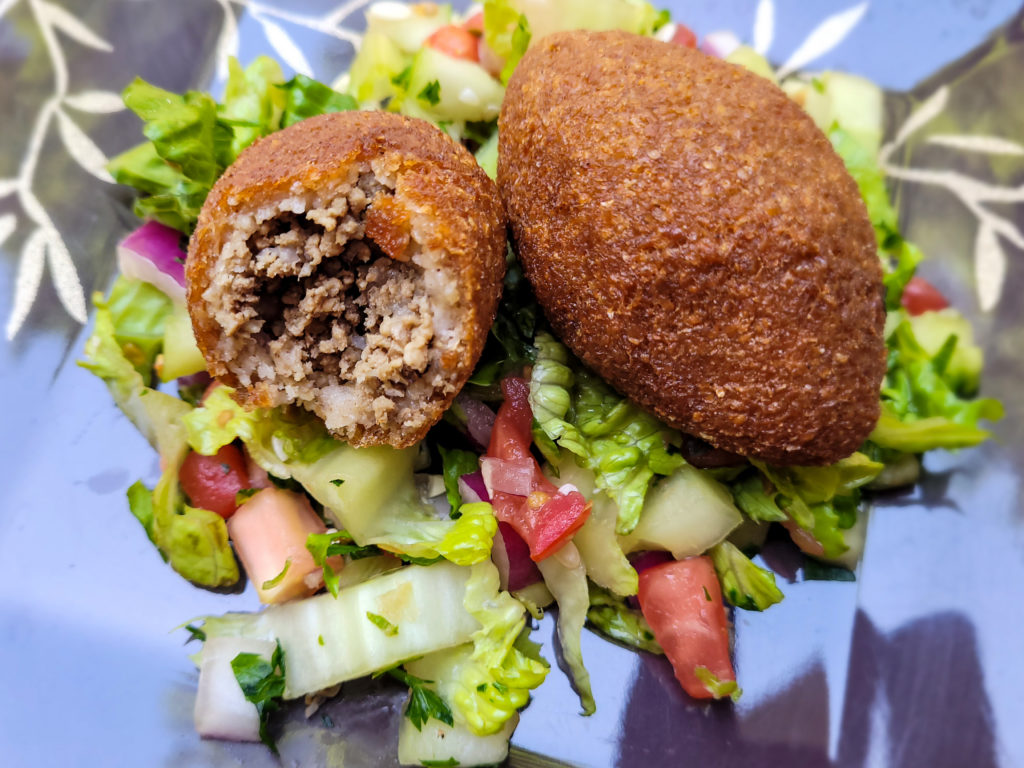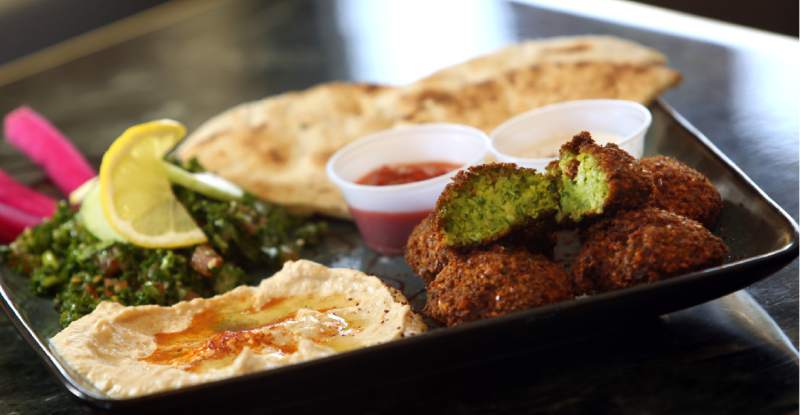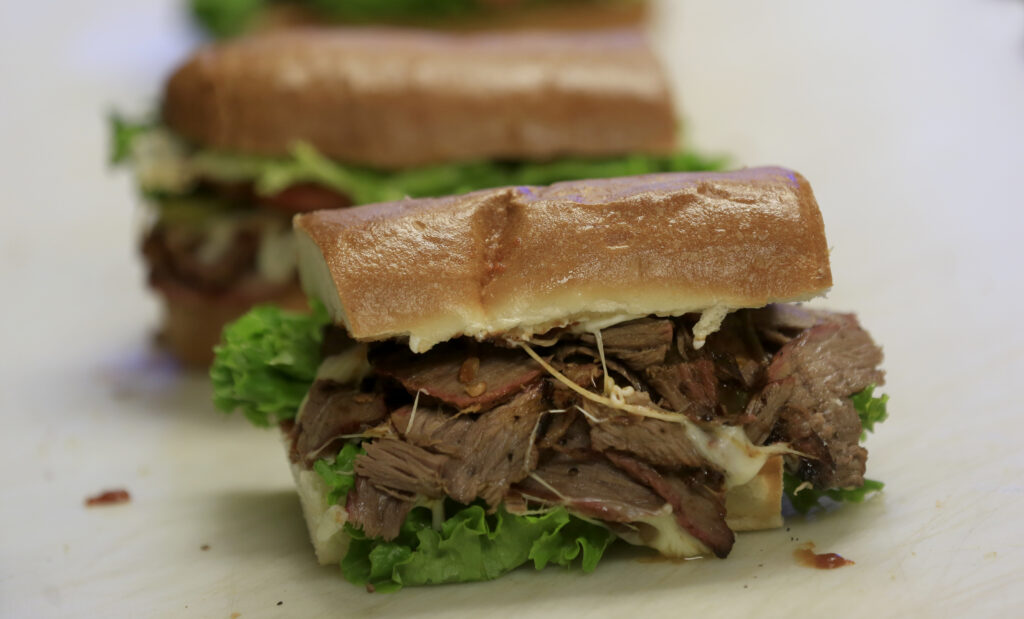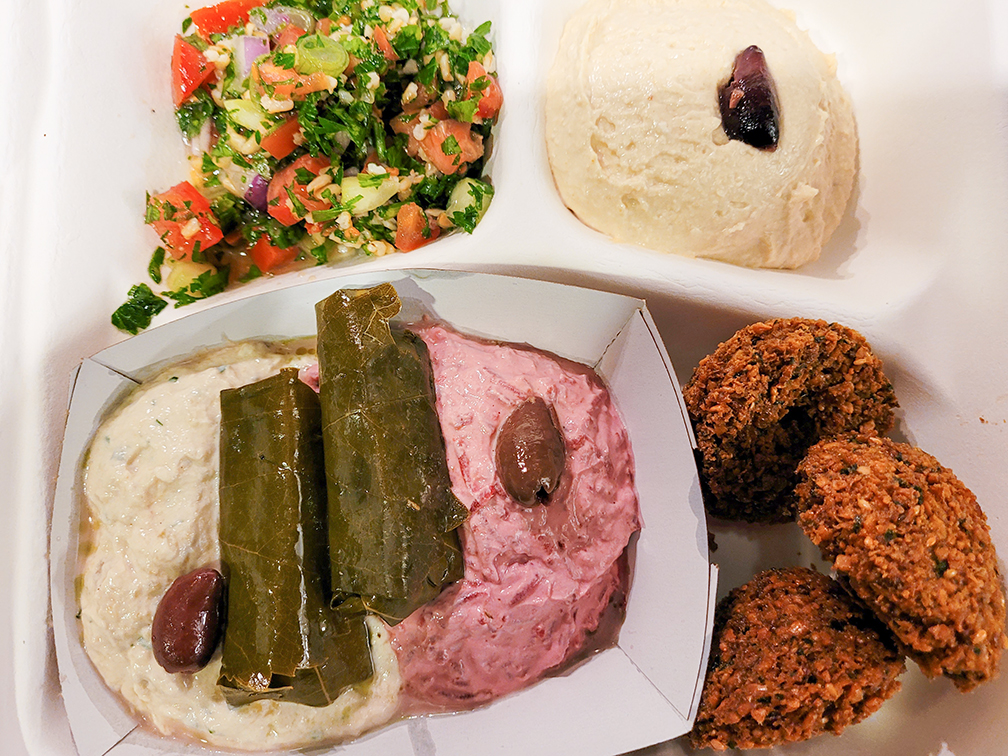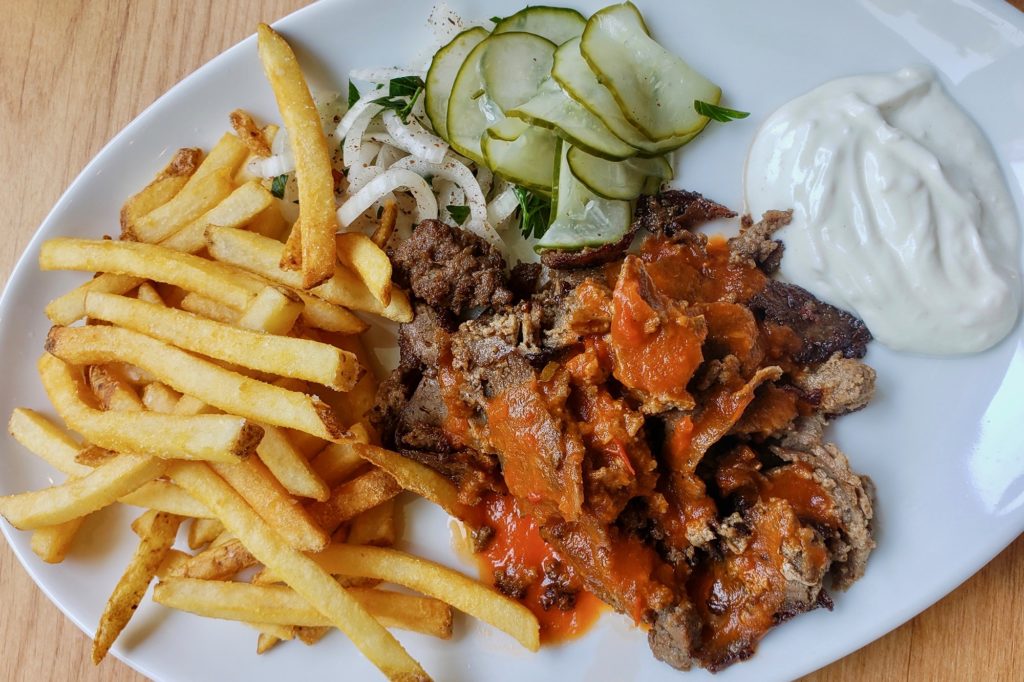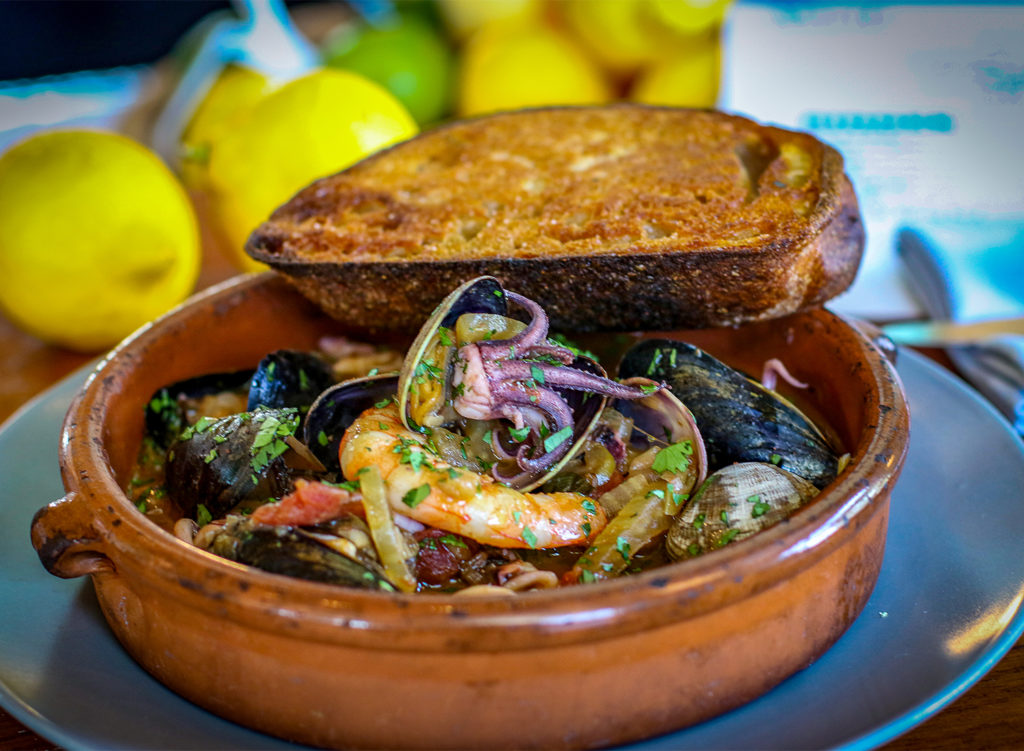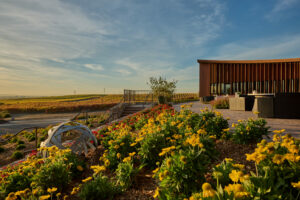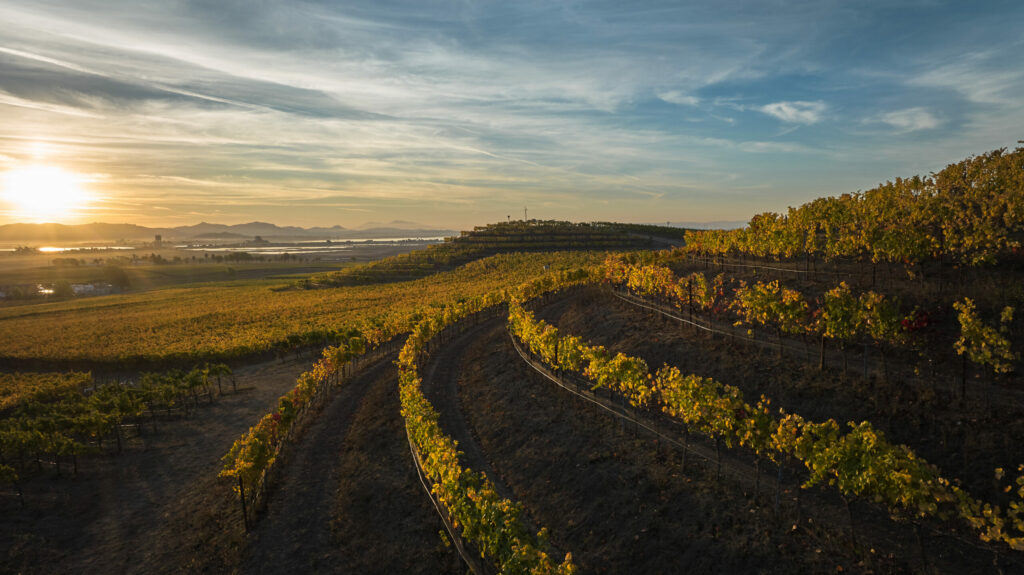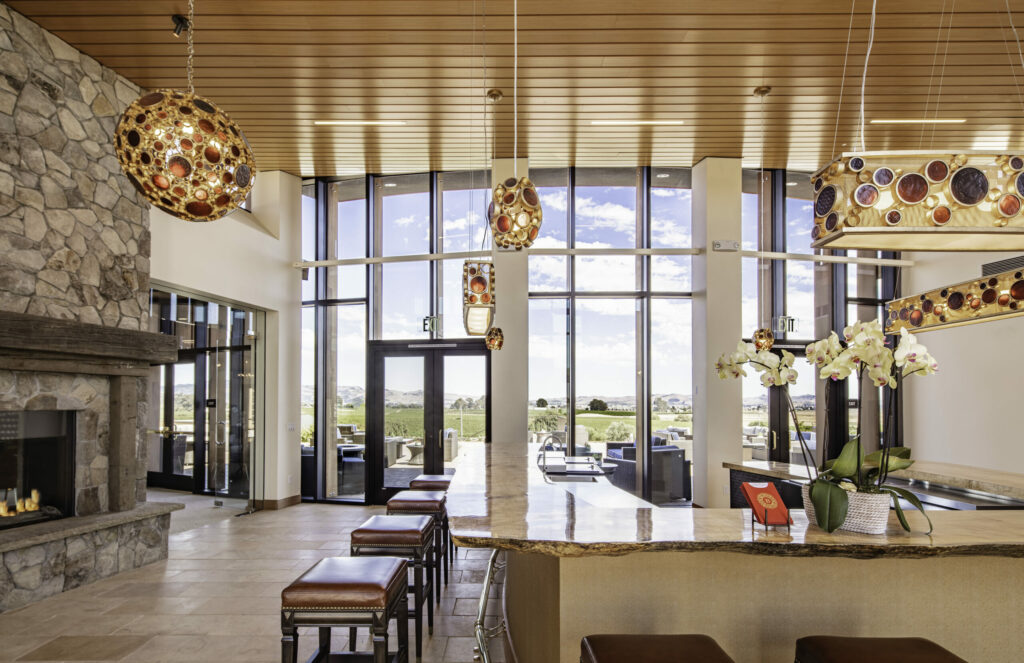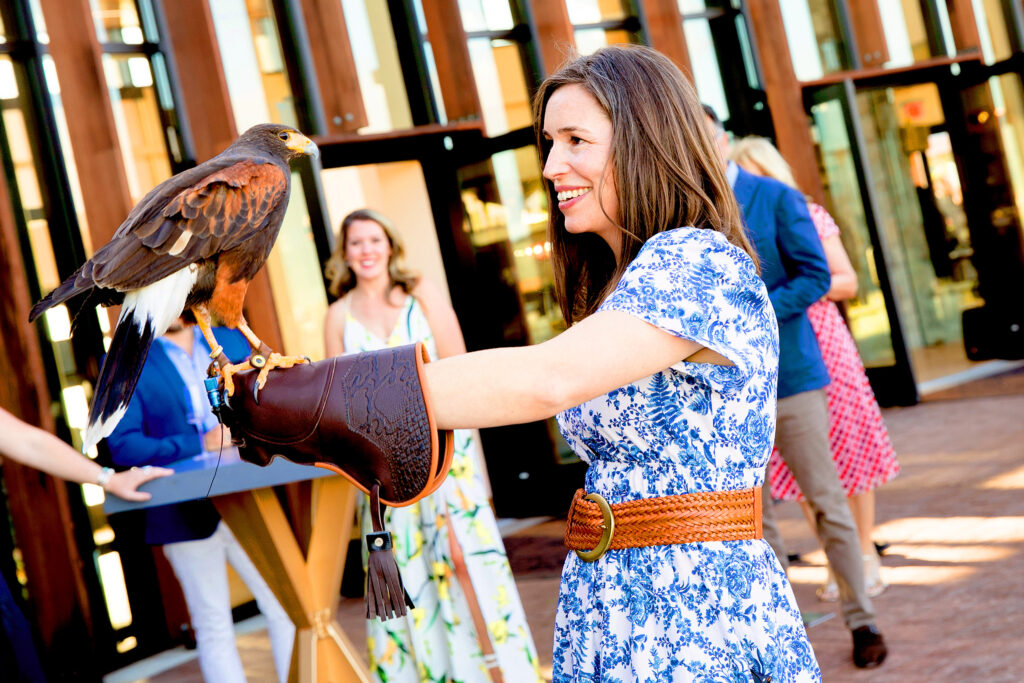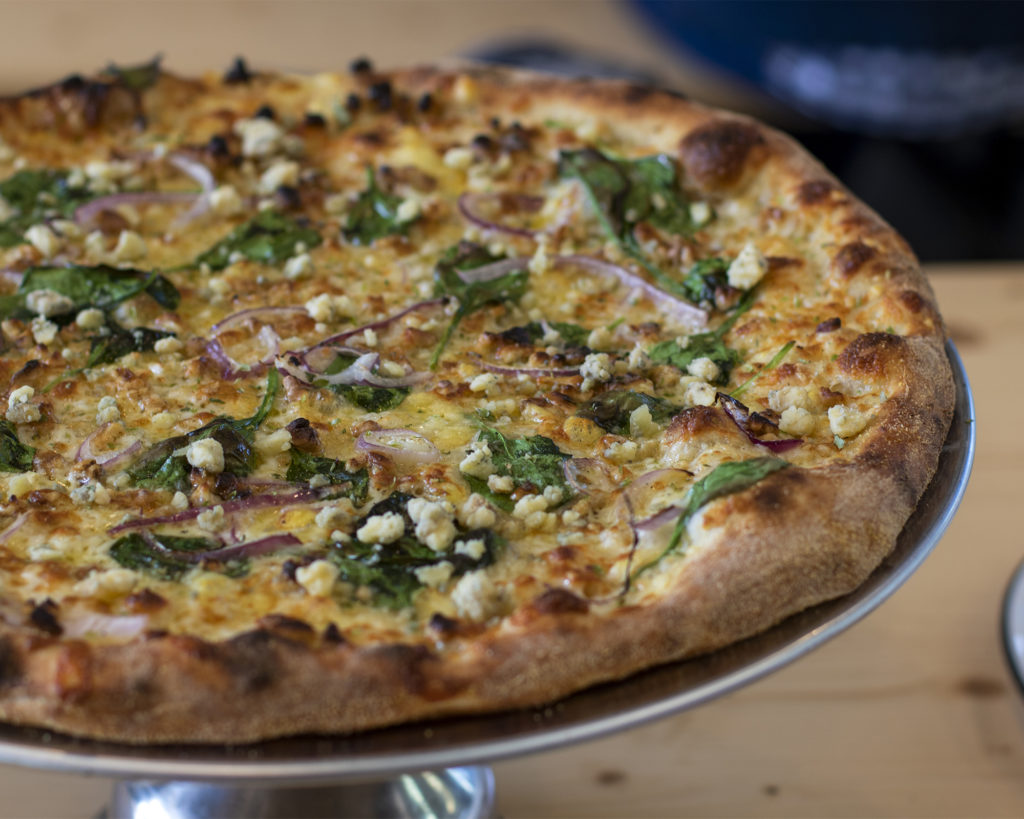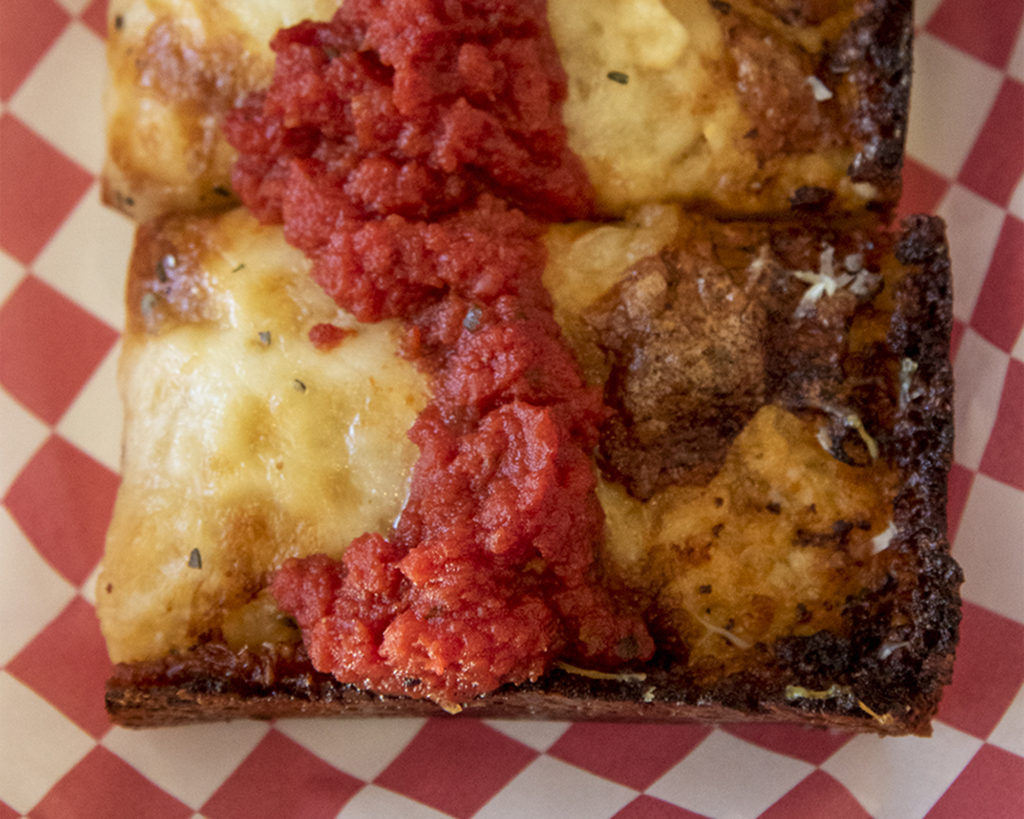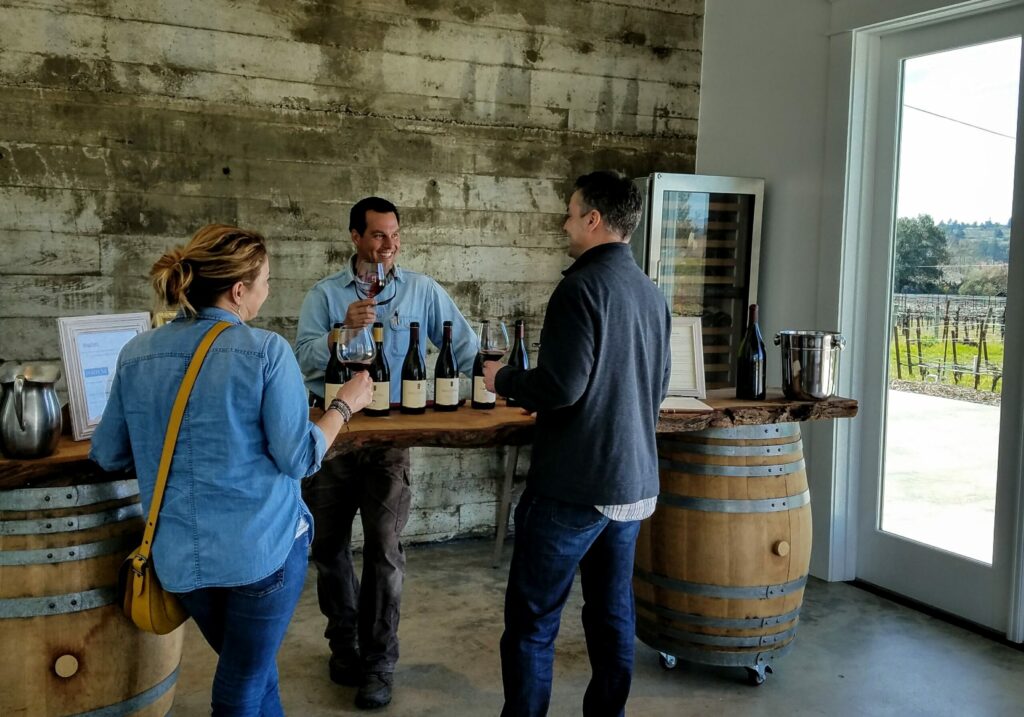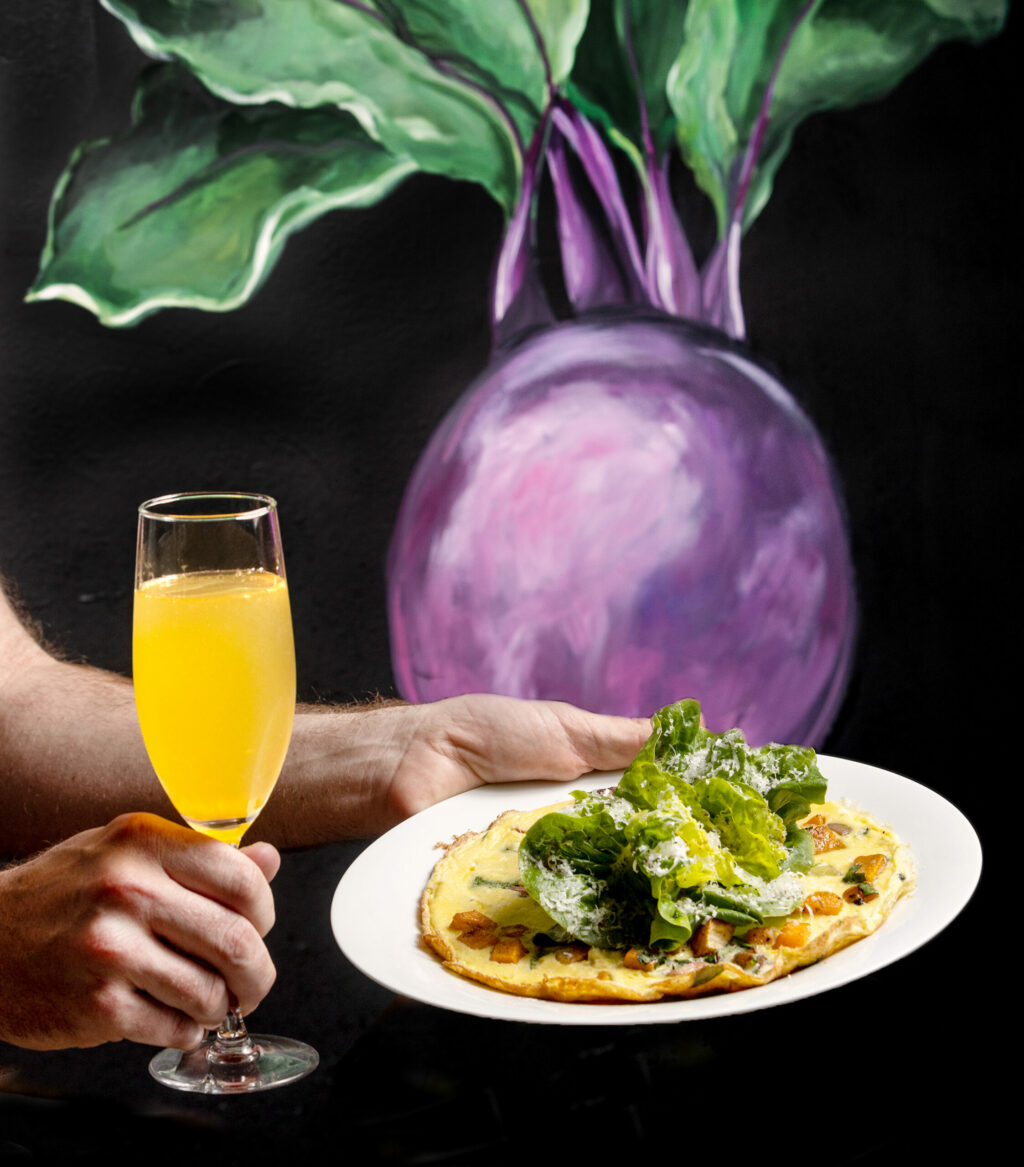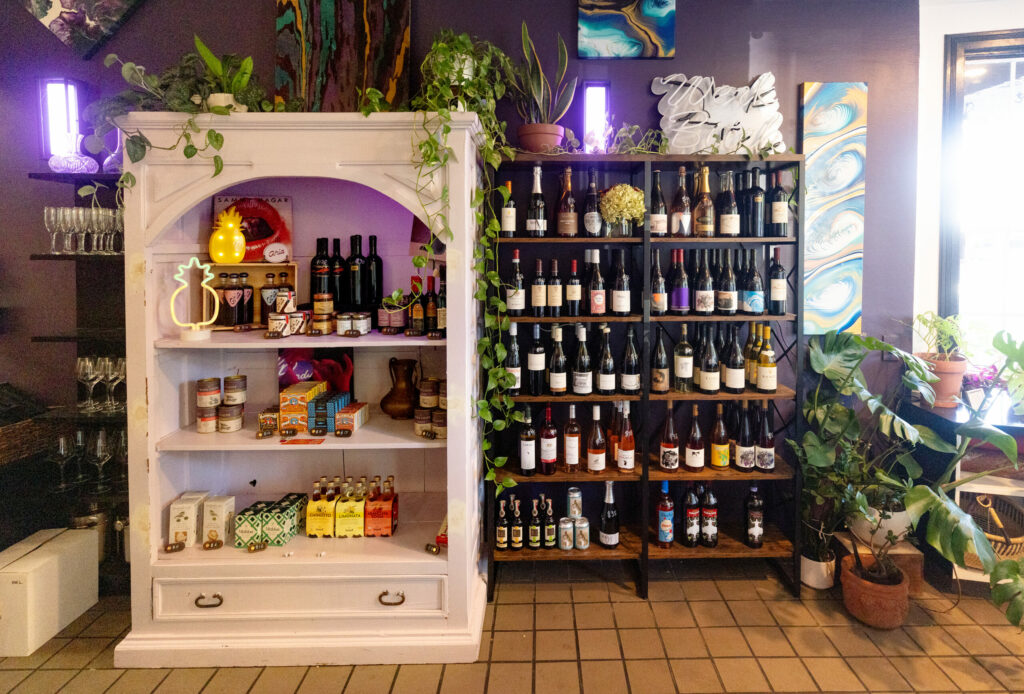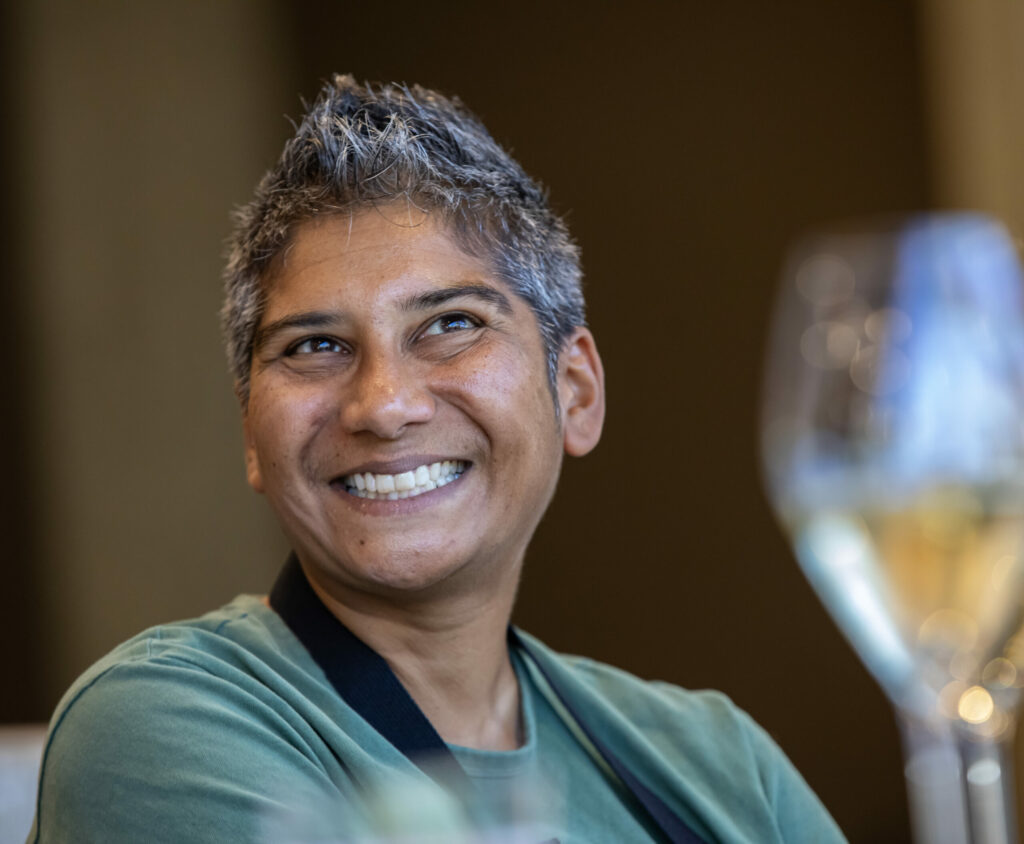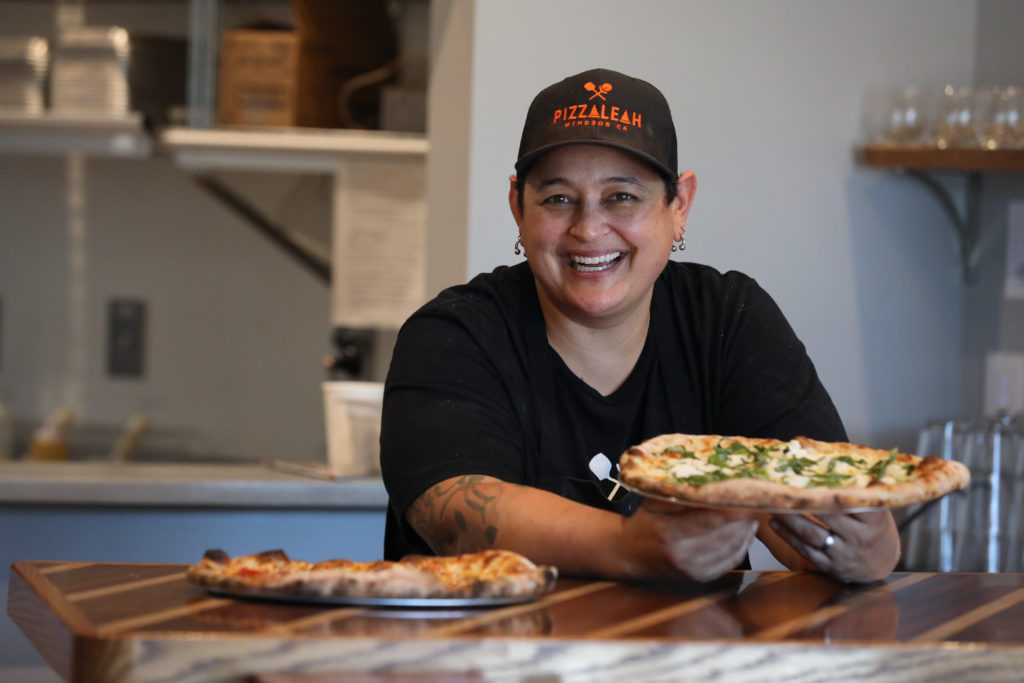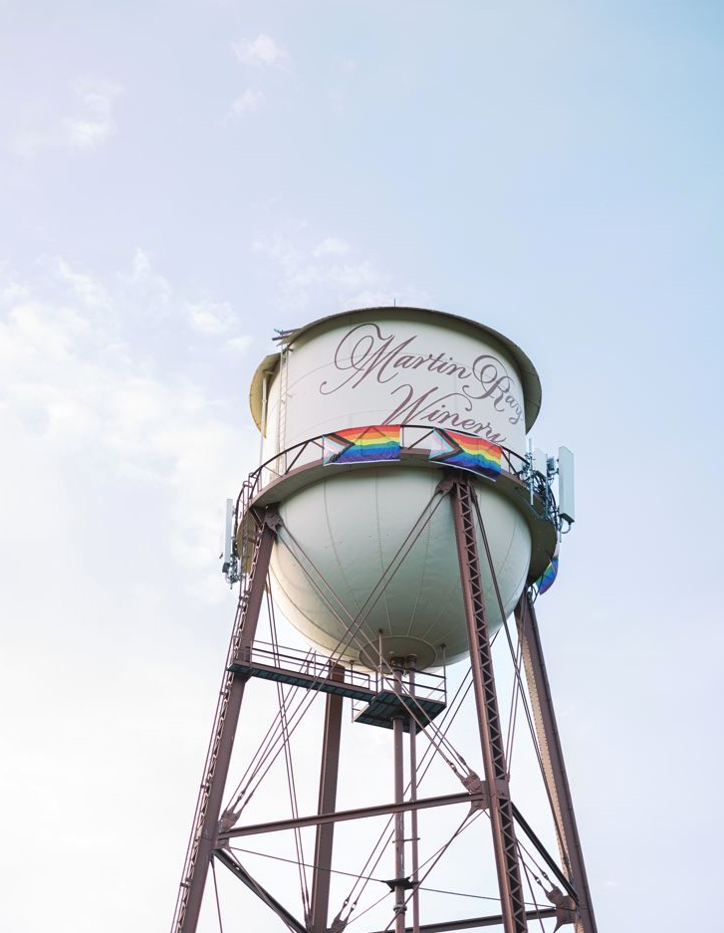When you know, you know. Sushi Kosho is officially the best sushi in Sonoma County.
Now, I don’t say this lightly, because sushi is a lifestyle choice for me — not just a meal. It’s about the warm (hand temperature), perfectly seasoned rice, pristine fish and just-so preparation. With expanded hours and an expanded menu that includes not only nigiri and sashimi, but poke bowls and traditional Japanese entrees, this Sebastopol sushi spot has always been good — but with a new sushi rice recipe, it’s head and shoulders above the rest.
In addition to Sushi Kosho, I have three other best runner-up restaurants for your sushi fix — Shige Sushi in Cotati and Sonoma, Hana Japanese in Rohnert Park and Aishi in Healdsburg — along with more casual sushi stops that offer up solid takes in the raw fish game.
Dining editor’s top picks
Sushi Kosho, Sebastopol
Chef Jake Rand is obsessed with authentic Japanese food and studied for years in Japan. Hands down, his sushi tops my list as perfectly seasoned, perfectly formed and perfectly impressive. Go for the Nigiri “set” with nine pieces of fish and a six-piece tekka maki. The space is comfortable to grab a lunchtime sushi plate or hunker down with a bottle of sake for a lengthier visit. Read full review here. 6750 McKinley St., Sebastopol, 707-827-6373, koshosushi.com
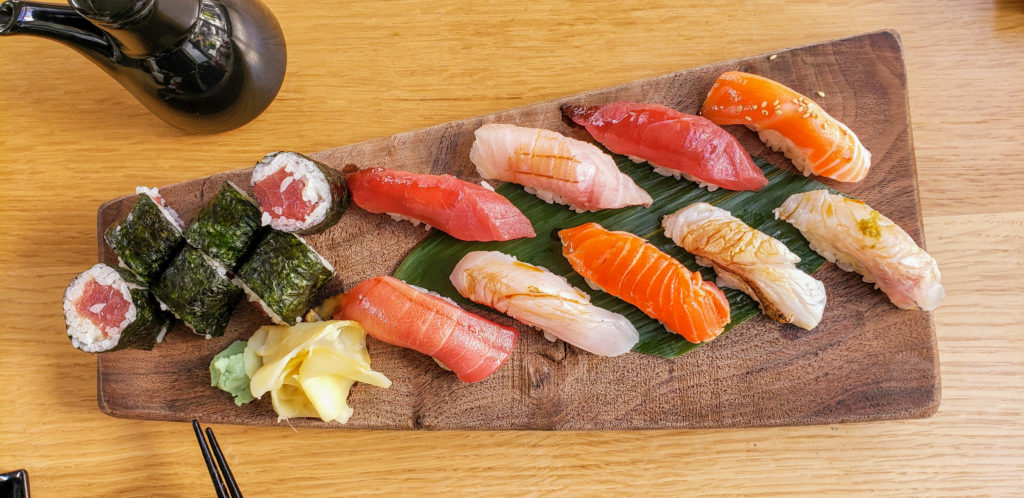
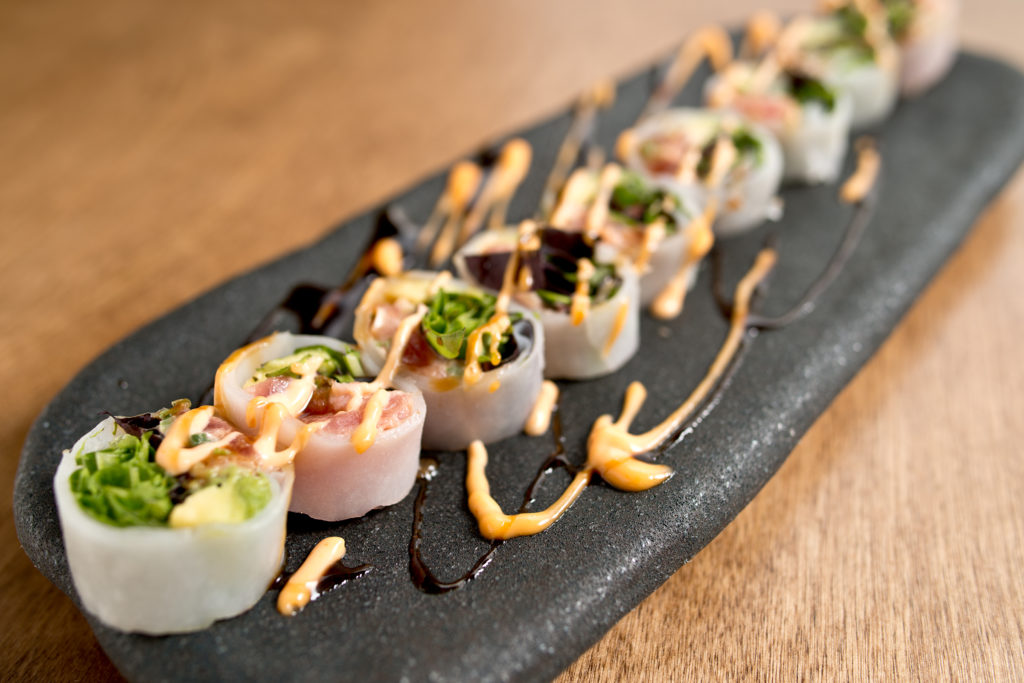
Shige Sushi, Cotati and Sonoma
Shige Sushi in Cotati is a bento-box sized sushi bar with just 22 seats, including the bar. Despite the diminutive size, the Japanese owners have cracked the code on affordable yet luxe Japanese favorites with authentic karaage (fried chicken), spicy poke salad, top-notch nigiri and sashimi and a laundry list of rolls (including plenty of gaijin-style mayonnaise/fried rolls). Open Tuesday through Saturday, closed Sunday and Monday. A large kitchen has expanded Shige Sushi’s offerings in Sonoma. Read full review here. 8235 Old Redwood Highway, Cotati; 19161 Sonoma Highway, Sonoma, 707-933-9331, shige-sushi.com
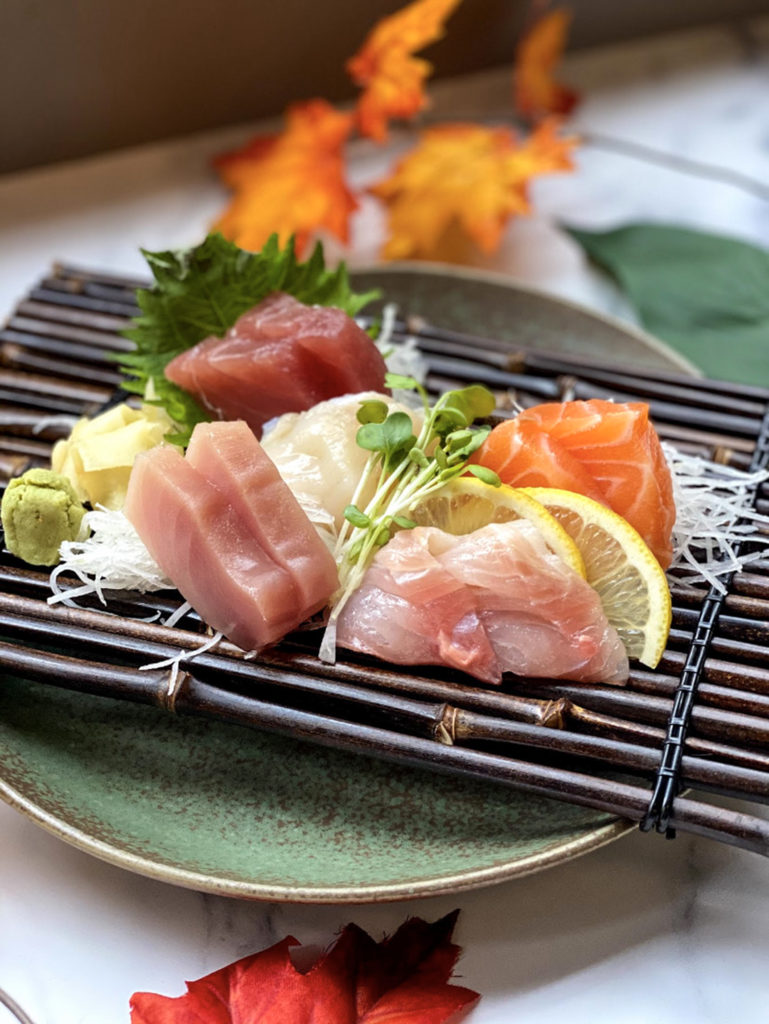
Asahi Sushi, Healdsburg
Owner Nobuyuki Asahi grew up in Japan and spent many hours with his grandparents at the famed Toyosu fish market in Tokyo. He insists on both local and imported Japanese fish, mostly seasonal, for his restaurant. The difference in his delicate hamachi, buttery tuna, creamy scallops and velvety Mendocino uni make Asahi one of my top five in Sonoma County. Read full review here. 335 Healdsburg Ave., Healdsburg, 707-395-0487, asahisushiandkitchen.com
Other great sushi spots
Sake 107, Petaluma
Put yourself in the chef’s hands with the five-piece nigiri. Personally, we wish we’d doubled or tripled that. There’s not a stinker in the bunch, but don’t miss the Hokkaido uni, ocean trout (umi masu), sake (salmon) or maguro (big eye tuna). Read full review here. 107 Petaluma Blvd. N., Petaluma, 707-241-7580, sake107.com
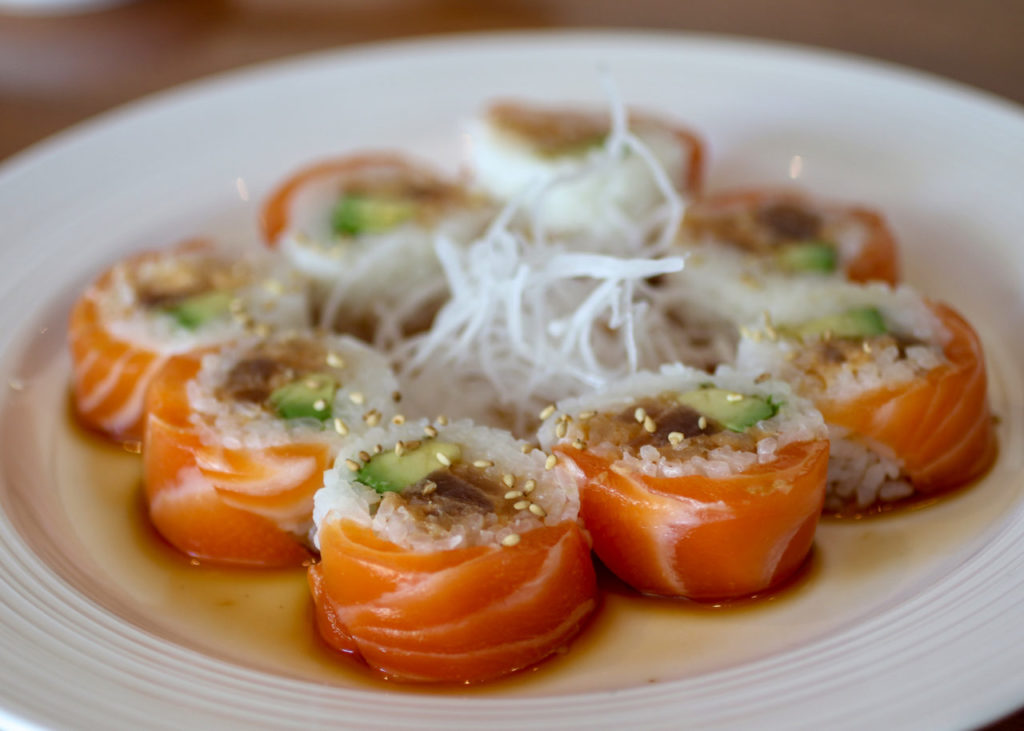
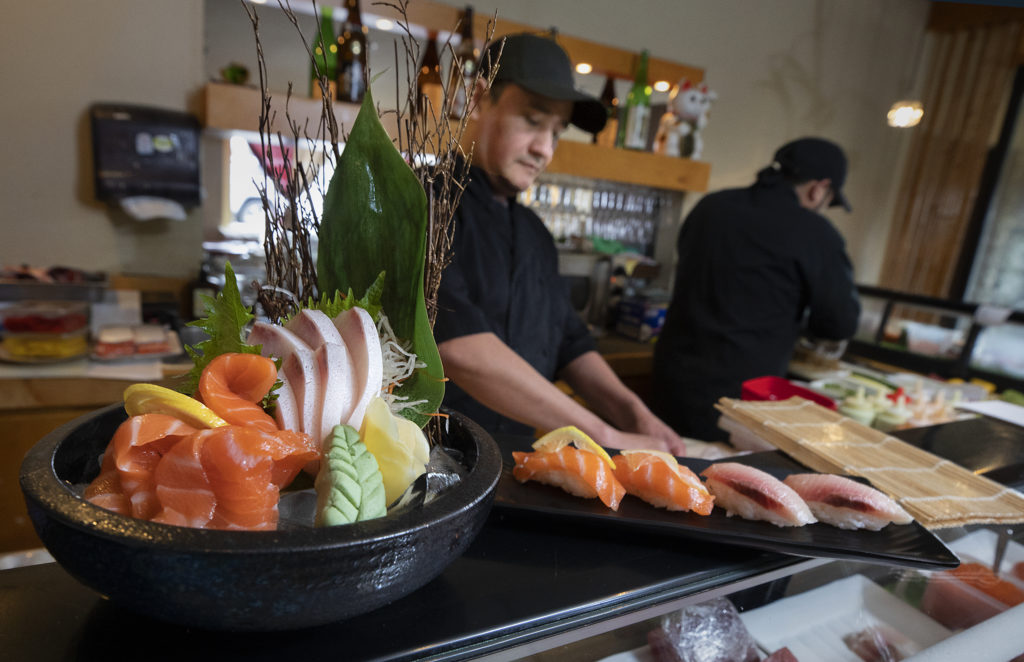
Umé Japanese Bistro, Windsor
Tucked away in Windsor, Umé is the place that sushi connoisseurs talk about between themselves. The sushi is simple, minimal (not blobbed with wasabi or overly seasoned rice) letting the flavor of the fish express itself and sliced generously without being overdone. 8710 Old Redwood Highway, Windsor, 707-838-6700, umebistro.com
Kiraku Sushi & Ramen, Santa Rosa
Impressive “utility” sushi from this relative newcomer in the Santa Rosa Junior College neighborhood, formerly known as Ippinn Sushi & Ramen. By “utility,” I mean Wednesday afternoon California rolls, veggie tempura and tonkatsu ramen with a girlfriend rather than Friday night, once-in-a-blue-moon, break-the-bank sushi with Daiginjo sake. In my world, both are equally important. Kiraku Sushi is a sister restaurant to the nearby Ippinn Udon & Tempura. 1985 Mendocino Ave., Santa Rosa, 707-800-7699, kirakullc.com
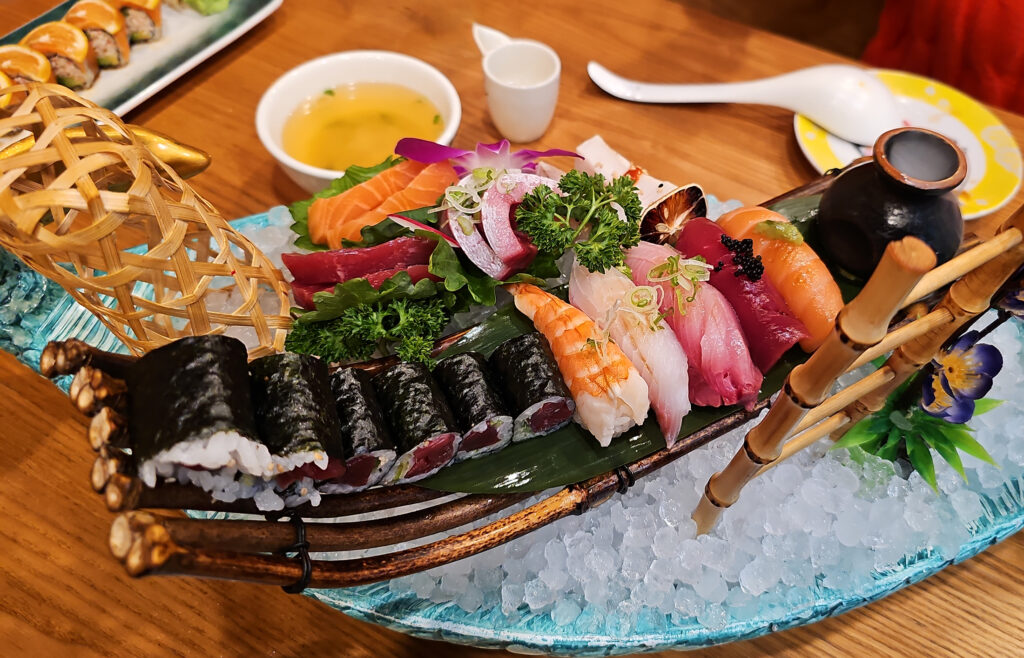
Sushiko, Rohnert Park
With one of Northern California’s top sushi spots — Hana Japanese — just a mile away from this Rohnert Park sleeper, Sushiko has a lot to live up to. But this simple little sushi bar tucked quietly inside a floundering strip mall is getting lots of thumbs up from BiteClubbers who say it’s tops for everyday sushi cravings. 6265 Commerce Blvd., Suite 174, Rohnert Park, 707-585-2774.
Toyo, Santa Rosa
Presentation of everything from California rolls to simple Bento boxes are camera-ready, adding to the carefully-cultivated vibe of the spot. Nigiri and sashimi are fresh and spot-on. Rolls run an entire page, with the usual suspects – California, Alaskan, Rock & Roll, to wackier things with tempura and mangos, but we’re especially impressed by traditional vegetable maki with sweet tofu skin, natto, pickled radish or shitake mushrooms. 3082 Marlow Road, Santa Rosa, 707-527-8871, toyorestaurantsr.com
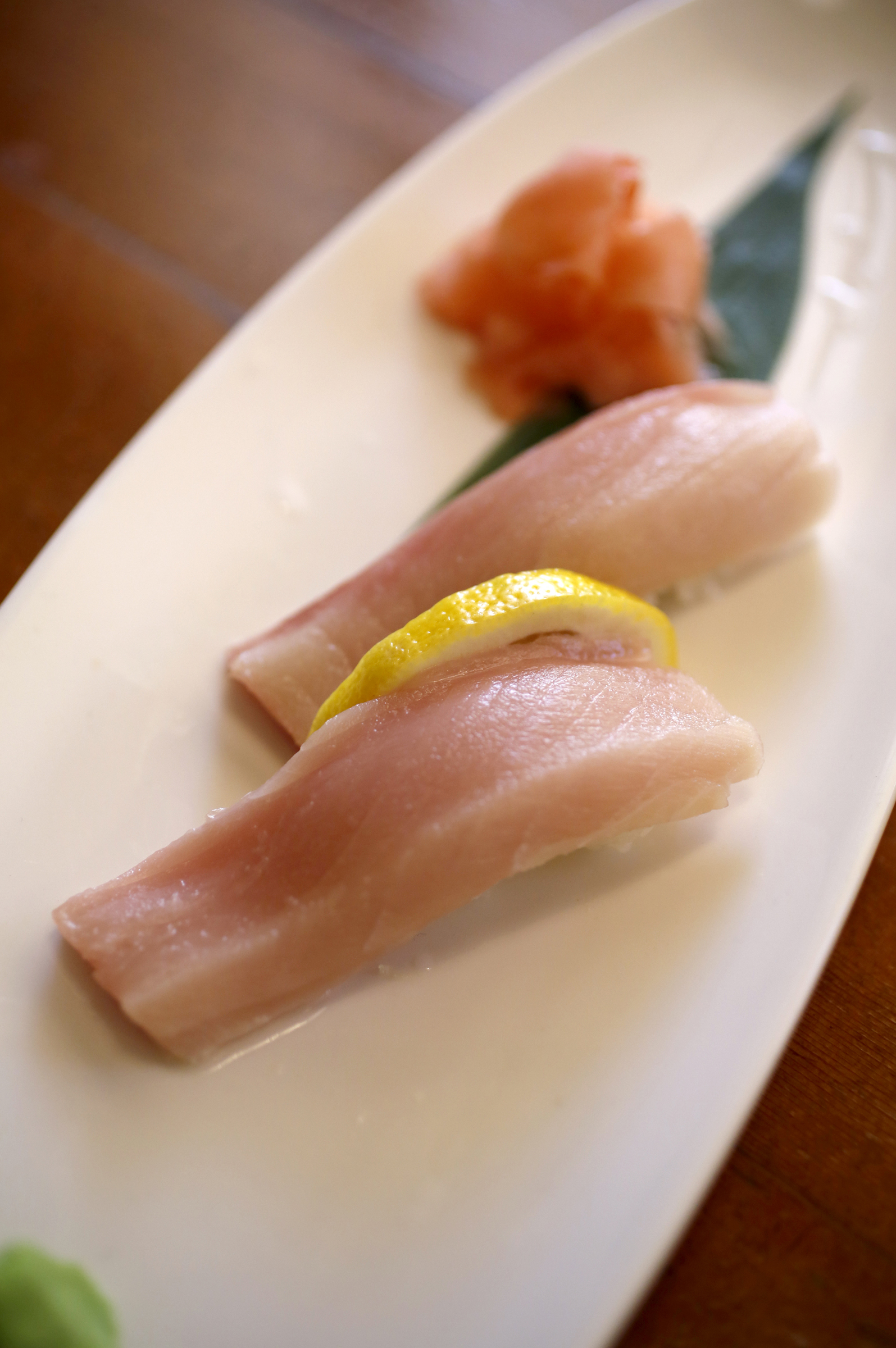
Haku Sushi, Santa Rosa
Located in downtown Santa Rosa, perilously near my office, this is my go-to, weekday sushi spot. I won’t lie, it can range from spectacular to lack-luster, but in general, things tend to be trending upward lately. Rolls are a specialty, and the names are worth the price of admission alone. Asking for a “Funny Feeling Down There” or “Silent But Deadly” is kind of priceless, no matter what’s inside. 518 Seventh St., Santa Rosa, 707-541-6359, hakusushi.top-cafes.com
Oishii Sushi, Santa Rosa
Recently a friend told me about this low-profile sushi bar and grill with a special takeout and delivery special — five rolls for $60. Despite my skepticism, they’re the best rolls — especially the Oishii hand roll with shrimp tempura and lobster — we’ve had in the last six months. Hands down. 1950 Piner Road, Suite 110, Santa Rosa, 707-308-4528, oishiisushibarandgrill.com
Raku Ramen, Santa Rosa
Sustainable sourcing, solid sushi and ramen. Read more here. 2424 Midway Drive, Santa Rosa, 707-623-9668, rakuramenandrolls.com
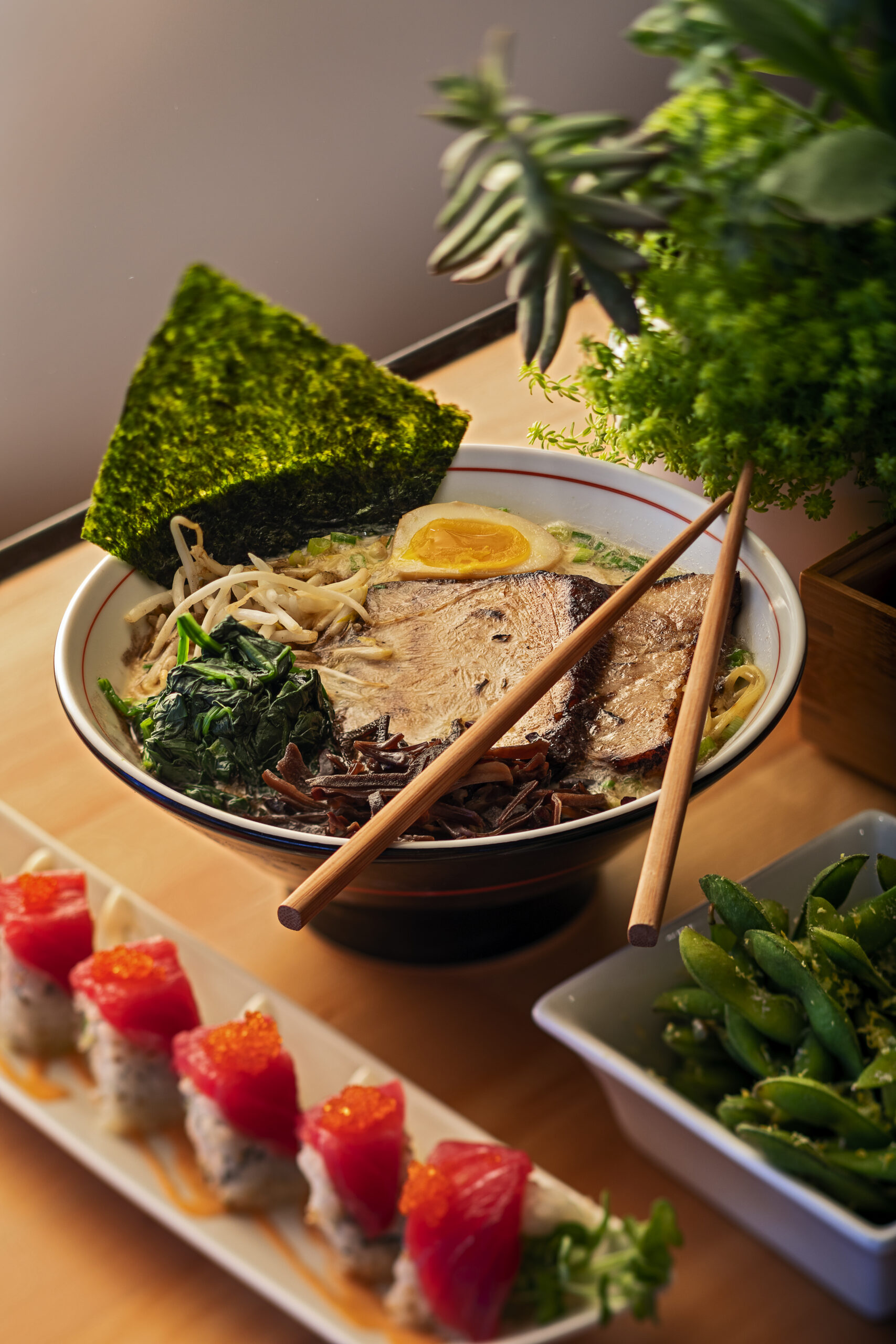
Otoro, Healdsburg
Healdsburg fave for a fast sushi meal. The massive menu includes everything from chef specials and Bento Boxes to sushi rolls and noodle soup. 1280 Healdsburg Ave., Healdsburg, 707-756-3932, otorohealdsburg.com
Bluefish Sushi & Grill, Santa Rosa
Where I take my kids for a big sushi boat dinner. Good quality, reasonable prices. 2700 Yulupa Ave., Santa Rosa, 707-791-7233, bluefishsantarosa.menu11.com
Paradise Sushi, Various Locations
All-you-can-eat utility sushi. Read more here. Santa Rosa, Rohnert Park and Petaluma, paradisesushi.net




